A Personal Note from Orion
How are you feeling today? The way you feel has a lot to do with your personality. And today’s episode is all about discovering our personalities so we can thrive on our strengths and work on our weaknesses.
Vicki Musni is a personality coach, and she has created a series of personality tests that really dig deep into a person’s true colors. In fact, the results of the tests are according to color: you could be blue, an introverted, deep thinker, or yellow – loud and bright!
Discovering your true personalities is so important when it comes to relationships, of any kind. Whether it’s your significant other, or your staff or co-workers, when you are able to understand people according to their personality, you are able to understand why they do the things they do, and how to best respond and work together. In fact, all of my staff take several personality tests throughout the year, and it really makes for a better working environment.

About Today’s Show
Hello, and welcome to Stellar Life podcast. Today, we’re going to reveal your personality. My guest today is Vickie Musni. She’s a certified personality trainer and author of Personalities for Business, Personalities for Educators, and Creating Connections. She is the co-host of the weekly podcast, Creating Connections, and a member of the National Speakers Association. Vickie loves sharing the power of personalities with others and presents regularly to local, national, and international professional groups and organizations. Hello, and welcome to the show!
Thank you. Thanks for having me today!
Yeah, thank you. Why don’t we start with you telling us a little bit about yourself?
Sure! My husband and I are about to celebrate our 20th wedding anniversary in August-August 3rd. We have four children between ages 9 and 16. When that doesn’t keep us busy, we are running two of our local businesses in town. We have a wedding company where we do video and DJ entertainment. And then we also own a company called, DJ Trivia, so Sunday through Thursday, we host local trivia games-well, our staff is hosting more often than we are, but we have eight trivia games each week at various local restaurants around town. I’m also writing, speaking, traveling, and doing other things that I love.
Wow, that’s a lot!
It is. I think I have a professional ADD and that I’m better off having three different businesses that I love, tailor my own schedule the way I want it, and work it around my kids and my family rather than feeling like I’m stuck for so many hours at this job.
No, that’s amazing because people are having a hard time having even one business. Not too many people are entrepreneurs and it looks like you’re a serial entrepreneur.
I think you have to get creative when you’ve got a big family to support and lots of mouths to feed. You find a way to do what you love, and still put food on the table, and make things work.
You have to get creative when you’ve got a big family to support and lots of mouths to feed. You find a way to do what you love, and still put food on the table, and make things work. Click To TweetWow, I love that. How did you become a personality coach? What was the interest there?
I was always interested in personalities way back then. My husband and I actually did some pre-marital counseling before we were married, and we took some personality tests and things like that. It was just something that would come up in different groups I was in or different jobs that I had or I would take a class here and there, but it really wasn’t until 2008 when I was going through kind of a career change, my husband had been laid-off of his day job, and we were getting ready to take our business full-time, and support our family through our businesses. I signed up for a three-day workshop on just professional speaking, or so I thought. I didn’t even really realize until I got there that it was put on by the same group that had developed the Wired That Way personality tests. In this three or four day training on how to be a better speaker, we were also too steeped in information about personality types-how to understand your own personality type and really tap into your strengths as a presenter, and how to understand the different personalities that are in the audience with you so that just rekindle the interests that I already have. After I finished that class in 2008, the next year I went back and took the next level to begin my certification process. It took another full week of training about personality types, and then there’s also some outside things we had to do like required reading, book reports, and we had to do sample presentations-we have to give things like that. It was during that class in 2009, that second week-long workshop that I did, where I started to say, “Wow, I can really apply this to my business,” because up to that point, I had been using personality information more in my personal relationships-with my husband, I taught some parenting classes, and things like that like how do we understand our kids’ personalities-but I haven’t really made the leap until 2009. “Wow, I can start trying to figure out my customer’s personality types. I can start really using this information to grow my business and better serve my clients!” That was the turning point for me and then shortly thereafter, a friend of mine from Sacramento said, “Hey, that sounds like a really fun topic. Would you come down and speak to this group of wedding and event professionals that are getting together, and we need a speaker?” and I said, “Sure!” and that was my first time doing that. From there, I got asked to speak at another group and then another, and then I started doing some national conventions and then international as well. I’ve spoken in Mexico twice and in Canada four different times so it’s just been a ton of fun getting to share that message with people I meet.
Yeah, absolutely! I mean, what was the shift in your business? How did you take that knowledge that you learned-and we’re going to talk about next, right? What is your personality type?
Yes.
And how you divide it?
Sure!
And I know there are some gray-
There’s a lot of systems, and I’ll share the one that I like and teach the most, but there are a lot of great systems out there. It was really a pivotal point for us. My husband always had a day job, and I just kind of helped in the business part time, but my kids were very young. We moved to Reno in 2001. The older two were babies, and then I had my younger two in 2005 and 2006 so my involvement in the wedding business was kind of limited. When he got laid off of his day job in 2008 and came home, I took a part time job at a private local college and just kind of waited for him to find the next thing. After about six to eight months and nothing really fitting, we said, “Hey, maybe this is what we’re supposed to do.” I mean, we’re supposed to just give it a go and take our business full time, really work at it, and make it happen so that meant, instead of doing 5 to 10 weddings a year because he had a day job, we needed to figure out a way to do between 30 and 40 events a year, and we were going to sustain paying our mortgage, taking care of our four children, and things like that so it was a very conscious shift-this is what we have to do. It happened around the same time I was starting to get more serious about public speaking and then applying that so I started using the personality information not only to connect better with my clients, which I believe has helped me book more sales, but also in the relationships-that kind of a colleague-to-colleague connection-particularly, in the wedding industry. I mean, in any industry, I’m sure that peer-to-peer connections are valuable. Everybody’s got their business and has their unique power partners that make sense like realtors working with the lenders and things like that-there are natural partnerships. In weddings, we don’t want repeat clients. When somebody gets married, we wish them well and we hope that that works for them. We want their referrals, but we don’t want to generate repeat clients so we’re constantly looking for new clients because we hope it’s their only wedding that we plan with that individual.
Absolutely!
I think the relationship with other vendors like other photographers, videographers, florists, planners, DJ’s, and banquet managers-those become even more important in the wedding world because it’s like showing up with a new staff to every event. You want to have this “team” feeling so I started applying the personality information to those relationships as well. As that started to grow simultaneously, my business was growing, but then my speaking was starting at the same time.
Wow, that’s beautiful. What did you discover about yourself?
That’s a great question. I think the biggest lesson for me was that I needed to be open to new possibilities. I always love speaking. I used to be a high school teacher in what I jokingly call, “my past life before kids,” but I think public speaking in that kind of training is a way for me to use the teaching skills that I’ve always possessed. However, I never saw myself as a writer-that was for somebody else. That was for somebody who liked to work at a desk, sit there, really focus, and not talk to people-and I don’t have those skills. But what I was realizing is, everywhere I spoke people are resonating with the message and the most common thing that I heard after our presentation was, “Wow! That was really great information. Where can we get your book?” And as a certified personality trainer, I was allowed to sell the books that were written by my trainer, but people were connecting with me when I deliver the message. After hearing that for about two years, I said, “Well-“
It’s time.
 Yeah, I better buckle down and try to write a book. Honestly, as an extrovert, that was the hardest part-sitting down, figuring, and actually making myself write whole chapters at a time. It took me a ridiculously long time to produce a book that was about a hundred pages long. But I think that was a really great learning experience. I also learned that I do better with a co-author. I think that meets my social needs so my next two books, I actually had a co-author. My brother co-wrote Personalities for Educators with me. Like I said, I left teaching in 1998 so I haven’t been in a public school classroom on a regular basis since then, whereas he has been teaching for the past 15 or so years so that was a really great partnership and a fun project to do with my brother as well. The last book I wrote more recently-the one that came out in January-is Creating Connections, and that was birthed out of our podcast. My podcast co-host and partner and I had been doing the podcast for about seven-eight months at the time and I said, “Hey, I’ve got this idea for a book based on the things we talk about on the show. Do you want to do it?” He and I are what I call the “red” personalities so we were very driven, and I think we had that conversation in October and I say, “I’ve got this idea,” and in November, we met in New York for an event, we wrote out an outline, and we had the first draft manuscript done before Christmas, then book-launched in January. It was that-very focused and very driven. We kind of made it an informal competition like, “I’m going to get my chapters written before you do,” so it was a little bit of a race element, which worked for us, and that played into my extroverted side that used to struggle with writing, because I had somebody else who was challenging me and encouraging me along the way.
Yeah, I better buckle down and try to write a book. Honestly, as an extrovert, that was the hardest part-sitting down, figuring, and actually making myself write whole chapters at a time. It took me a ridiculously long time to produce a book that was about a hundred pages long. But I think that was a really great learning experience. I also learned that I do better with a co-author. I think that meets my social needs so my next two books, I actually had a co-author. My brother co-wrote Personalities for Educators with me. Like I said, I left teaching in 1998 so I haven’t been in a public school classroom on a regular basis since then, whereas he has been teaching for the past 15 or so years so that was a really great partnership and a fun project to do with my brother as well. The last book I wrote more recently-the one that came out in January-is Creating Connections, and that was birthed out of our podcast. My podcast co-host and partner and I had been doing the podcast for about seven-eight months at the time and I said, “Hey, I’ve got this idea for a book based on the things we talk about on the show. Do you want to do it?” He and I are what I call the “red” personalities so we were very driven, and I think we had that conversation in October and I say, “I’ve got this idea,” and in November, we met in New York for an event, we wrote out an outline, and we had the first draft manuscript done before Christmas, then book-launched in January. It was that-very focused and very driven. We kind of made it an informal competition like, “I’m going to get my chapters written before you do,” so it was a little bit of a race element, which worked for us, and that played into my extroverted side that used to struggle with writing, because I had somebody else who was challenging me and encouraging me along the way.
Mm-hmm. Yeah, I can totally relate to your story about opening to new possibilities because as you can hear, English is not my first language. For me, to write in English-it was like, “I’ll never write in English. I’ll never speak in English. Let alone write a book in English!” I mean, “No, uh-uh, I can’t do it, and I’ll never will,” and now, a few years later, I find myself, “Oh my God! I have a podcast in English, and I’m in the middle of writing a book!”
Yes!
Actually, I started with two books. One of them is almost finished.
Good!
It’s called ‘Unleashing Your Inner Superhero’. It’s based on my personal journey and how to tap into that extra persona.
Love it! Love the title!
Thank you. I got a Huffington Post column so it’s pretty surprising. Of course, I have people who helped me with editing and a little bit of the writing.
Well, we all need that even as a native English speaker.
Yeah.
We all need that.
I love looking back and seeing those places where we never thought we can go to and see ourselves in that place already.
Yeah. Because I think we do. We kind of put ourselves-we self-label? Even if other people who aren’t doing it who are like, “Oh, I’m good at this, but not that!”
Right.
Or, “I can do this part really well, but this isn’t for me!”
Yeah.
And then, you’re like, “You know what? Maybe I could. Maybe I should just try it.”
Yeah, we definitely lock ourselves in the cage of our minds, right?
Yeah. Well, that’s why it’s so important to step outside of our comfort zone. When I went to that podcast conference, I didn’t know anybody else there, except my co-host. I had never met any of the speakers, and as someone who speaks in conferences, that’s not my usual. Right now, I spent speaking in the same circuit with wedding and event professionals for a long time and I know almost everybody. And it was very out of my comfort zone and yet, you go and you meet other people that have common interests and that’s how you and I connected.
Yeah.
Something that switched, and saying, “Hey, I want to be open to what I can learn and who I’m going to meet even if I don’t know what to expect.” I think that’s so important.
Right, absolutely! I believe that too. We met together at Podcast Movement, and both of us attended for the first time. Don’t you find podcasters to be amazing people? What a beautiful tribe! I’m going to conferences constantly. I go to one or two conferences every month, maybe, and I meet a lot of people-mostly it’s from self-development or marketing.
Yes.
But the podcasters! Man! Very special tribe! I love those people.
I think a lot of it, maybe, has to do it because you have to be so passionate about the subject that you’re sharing about, because none of us are making money in the beginning. It is a labor of love.

You have to be so passionate about the subject that you’re sharing about, because none of us are making money in the beginning. It is a labor of love.
Yup, absolutely!
I think that interacts a certain personality type, but also the diversity, I think, is what makes it such an amazing experience because the common bond is that we do a podcast, but we’re all from different industries, different backgrounds, and have a different focus. I didn’t meet anybody else there who does a podcast that is remotely related to the wedding industry or anything that I do, but yet, we all have common ground, and we have a crossover in our messages. I just love the diversity of the people that I met, the different conversations, and hearing what people are passionate about on the different show topics that they have come up with. That was beautiful-
Right.
And so fun!
Mm-hmm. Let’s talk about personalities. I watched a little clip of the video on your website, and I know that there are four colors. I think I know what my color is, but why don’t you just lead us a little bit and tell us about those mysterious personalities?
Yeah. There are a lot of four color systems, and I just want to be really clear that I am not claiming to have invented the system or created it. In fact, any four quadrant system that you see or read about or hear someone speak about, they all can be traced back to ancient Greece. They’re really, really old roots. Ancient Greek sinkers had a lot of things right and a lot of things wrong, but really, the only thing that’s new in this century is how people present it and what they call it so whether they’re using four colors or four animals or four letters like the DISC personality, they all have the same background so, again, I just make sure that I’m giving credit where credit is due. I’m not claiming to have created this myself, but what I noticed, the people that I trained under, they still used the Greek-based words to describe the personality type so if you’ve ever seen a test or read a book that talks about Sanguine, Melancholic, Phlegmatic, and Choleric-those are the terms-but what I was finding is that most audiences that I spoke to, most people didn’t really want to learn Greek-that wasn’t real high on their list, but that everybody seemed to know their colors so I just dropped using the Greek-based names and just started calling them by the color that my trainer associated with those names. For me, I feel like it has simplified things a lot for the audience, and it makes it really easy to apply because I can just tell you, “Hey, when you see “yellow,” think about someone that is bright, sunny, and loud,” And people can get this visual image of a bright and shiny personality and they go, “Okay, I can relate to what a yellow means, but that’s easier and more accessible than remembering what a Sanguine is.”
Oh, yeah.
And then the opposite of the “yellow” is what I call a “blue” so picture a really deep ocean-“blues” are the deep thinkers. They strive for perfection and they tend to be really organized, but just think of deep thinkers whereas, “bright-sunny-loud” tend to blurt stuff out. “Blues” tend to think things through before they talk. Then the other two-kind of opposite corners, if you will-are the “reds” and the “greens.” A “red” is really exactly what you would think of a red personality-that power color is the go-getter type. Sometimes, they’re the “my way or the highway” people, very energetic, the strong hand gestures-you know anybody like that?
No, I don’t know anybody like that. No one!
And then the opposite of the “red” personality would be the “green.” For the case of the “greens,” picture cool, calm, green grass, big meadows, and just that peaceful feeling. The other fun part, I think, that makes it feel really accurate is that we don’t try to just box people into one color.
Right.
Most people have a blend. Most people have a primary and a secondary or in my case-I’m a 50-50 split between “red” and “yellow.” And so I have a lot of the “yellow” traits and also a lot of the “red” ones. Sometimes, I’m more red-very driven, very focused. Like the example, I shared with my partner and I writing that book in six weeks. That was our “red” sides turned on, but I can also be very “yellow” where I’m distracted, my office is pretty cluttered, and it’s good that you can’t see my desk right now because it’s not neat and tidy. But that’s a very common thing with “yellows”-they’re creative and are visionaries, but they’re not necessarily good at that. My husband is a “green-yellow.” His primary is the “green,” which is great because I can, as a “red,” can be very-not just high energy, but also really high strung and sometimes overreact so to have a “green” like that as my life partner, my business partner, my husband, and the father of my children, he brings this amazing calming force. He doesn’t overreact to things. He can help diffuse tense situations whereas, I tend to get really angry really quick and jump to conclusions. My husband is that cool, calm, and collected, “Let’s just think about this first. Let’s talk about this,” and that opposite attracts thing in our case has been a really, really good healthy thing most of the time. I mean, occasionally, we butt heads, and I get upset with him for not getting upset about something I think he should be upset about-you know that kind of stuff?
Right.
But “blue” is what’s missing in my family. We have nobody in our house who is-even my four children-who is naturally-organized and is really great at putting things back where they go so our house definitely feels like a “green-yellow” because that’s the common personality type that my husband and I share.
Right. Can you go deeper into that because I want to know more about what exactly is green, what exactly is yellow, and what exactly is blue? Tell me more about those traits and then maybe give examples from some famous people that we know?
Yeah, okay so-I always tend to start with “yellows” because they are the easiest to spot. It’s not because it’s the best personality or because that’s mine, but whenever I teach, I start with the “yellow” because they are the easiest to identify. The three main and easy-to-notice traits that are most often indicative of a “yellow” personality are: loud, open, and cluttered. They are people who not only love to talk, but speak really loudly. They like having an audience. My husband is always shushing me because we’ll be walking through a store or a restaurant or wherever and I’m telling a story and he’s like, “Lower your voice. People at the next table can hear you,” and I’m like, “Well, good! They shouldn’t have to strain to hear what I’m talking about. This is a great story! Doesn’t everybody want to hear this?” But that’s totally my yellow side-that open, talkative, and I am that person that strikes up the conversation with people I meet on an airplane. One of my best clients was someone that I met on an airplane, and he was a “blue” personality, which in his case worked out really well because he didn’t contact me for two years after we first met, but that means he was organized enough to keep my contact information and know how to find me when his company wanted to hire me.
The three main and easy-to-notice traits that are most often indicative of a “yellow” personality are: loud, open, and cluttered. They are people who not only love to talk, but speak really loudly. Click To TweetWow!
Yeah. I got this e-mail over a little over a year ago now. It was last May and it’s just said, “Hey, this is-” I don’t if I should name names or not, but “I don’t know if you remember me, but I sat next to you on a plane a couple of years ago on a flight to Vegas, and I’ve hung on to your card, and I’ve been following your business page on Facebook. My company would like to hire you to come and do a training because we’re having all of this personality conflict within the company,” and so I said, “Yes, sure! Absolutely. I can help you with that!” It went down last summer. I did the custom training for their company and helped them work through their stuff. Ironically, once I sent them the more detailed personality tests-because I haven’t written one that I use-it’s called Wired That Way. I can share the link with you to share with your listeners later if you want.
Yes, thank you!
But it’s basically a 40-question test that helps you evaluate 20 common strengths and 20 common weaknesses of each of the four personality types. I had every employee in this office do those and mail them to me. I’m looking at them and within 30 seconds, I said, “I know their problem. 11 out of the 14 of them are either primary or secondary ‘red.’” Remember “reds” are those high energy, driven, natural leader, can be bossy, and driver type personalities. I said, “You’ve got 11 of those out of a group of 14? Where are your peacemakers? Where are your cool, calm, and collected people?” They had no “greens” on the staff. It’s very interesting and very fun. Again, this is a good example of a “yellow” because I just went off on this really long tangent that’s sort of related to the question you asked, but not really-that’s what “yellows” do. I could pretend I did that on purpose as an example, but this is just me being real, open, and honest with you. That’s the common traits of a “yellow” so openness, willingness to share, loud-and again, that’s in voice, but also sometimes you can use visual clues if you’re meeting someone for the first time. “Yellows” tend to be dressed in the brighter colors and the bolder patterns. Maybe they’re wearing a hat or, for men, it’s the Hawaiian shirts or the really bright tie or the fun socks. Whatever they can get by based on what’s acceptable because a lot of times men, the standards for that are more clear. You have to be in a suit and a tie or whatever, and they don’t have many options for displaying their personality, but the true “yellows” will find a way to do it. They’ll have the signature colored tie or they’re the ones who are always known for, like I said, having the fun socks underneath their suit or something like that, but there’s ways to find them. They’ll be in the pink shirt underneath their navy blue suit. They’ll have the brighter colors and stuff. Those are “yellows.” The “blues,” of course, are on the opposite side of the chart because they’re the opposite traits. You’re looking to start to spot a blue-they’re the ones who are quiet, more closed, and super neat and tidy. That adage: “A place for everything, and everything in its place.” That was made by “blues.” As beautiful as it sounds-and as much as I wish I could run my home like that-it’s not a part of how I’m wired. I can understand it and I can appreciate it, but it’s not me. And I’m okay with that. I have to organize differently as a “yellow,” whereas for “blues,” that part just comes really naturally to them. Some of them-depending on how extreme they are in the “blue,” they really need it, and I jokingly use socks as an example. My daughter, who is also very high yellow, got all these fun cute socks and she just throws them all in one drawer. She’ll just pick out any two when she needs to wear socks-they’re never a pair. She always has different colors, different patterns, and whatever, and that’s just part of who she is. Now, for me, because I’m half “red,” I’ll take my socks and I’ll ball them so that I can really quickly and efficiently-because the driving force behind a “red” is efficiency-grab a pair of socks out of the drawer and know that I’ve got a pair that matches. I can just grab them, put them on, and hit the gym or whatever I’m trying to do that I need socks for. “Blues” have this innate need for perfection. They’re the ones that just sleep better at night knowing that all of the socks in the drawer face the same direction. Different people organize differently based on what they need. Whether their motivation is fun and creativity, or their motivation is efficiency, or their motivation is perfection, or for the “green,” the motivation is just a sense of peace whatever is easiest and whatever is comfortable.
Mm-hmm. Can we switch personalities?
Sure! Oh, can we switch? Well, most people have-like I said, some combination of two that are your natural personality type, but what I think happens most often is-couple of things: As you grow up and as you mature, you tend to-hopefully, if you’re really trying and proactively trying to grow, learn, and be a better person-you start to minimize the weaknesses and, what I call, “live in the strengths of your own personality.” If you’re very proactive, you start to learn things that are not natural to you because understanding this doesn’t give you a pass to say, “Oh, well, this is just the way I am. I don’t have to do this,” and in business, I use that example. My husband and I neither one of us are blues. We own three businesses together and in a combined total of what we do. We don’t get to go to the IRS and say, “Oh, I wasn’t going to pay taxes this year because we’re “yellows” and we’re just not good at bookkeeping, record-keeping, and all that kind of stuff so that doesn’t really apply to us.” You don’t get a pass. What this is for is understanding this and saying, “Wow, neither one of us are very good at this,” so there are parts of our business where we need help-either we need to take classes or get more training, have someone come in and set up systems, or just plain hire stuff out. When we started hiring employees for our trivia company, we hired a payroll service, because we knew that there’s a lot of peril taxes in Nevada. Some of them are quarterly, some of them are annually, and there’s a lot to remember. There are fines if you get it wrong. I’d rather just pay somebody who’s really good at that and that’s their thing and know that it’s done right. There are other things like receipts. I use Shoeboxed.com-are you familiar with that by chance?

“Live in the strengths of your own personality.”
No, what is it?
You know, the old school-like, how we used to just take a shoe box and like put receipts in it that we thought were important?
Right.
This is that because that’s how “yellows” organize. This is what it looks like-we’re doing audio and video. A blue envelope-I’ll take a picture and send it to you so you can share with your listeners if you want. I have this magic blue envelope that come in the mail, and I just put all my receipts in there. If I was speaking at a conference and people give me their business cards because they want to get on my website, I will save those in there, and then when it’s full enough, I’ll mail it in, postage-paid envelope, and five days later, I get an email and everything is magically converted into a beautiful spreadsheet.
I love that!
I can share my receipts with our accountant and he loves doing our taxes now that I started using Shoeboxed because before I used to, literally, hand him the box of messy receipts and now, I can just print it out in a spreadsheet. When it comes to the business cards, I don’t lose them anymore. I’ll throw them in my envelope, and I take that, and in two clicks, I can add that whole list of people to my newsletter that they wanted to sign up for.
That’s just brilliant!
Yeah, but it was made for “yellows” and that’s me saying, “As a business owner, I have to have a way of tracking this.” It doesn’t come natural to me. I’m not good at creating my own spreadsheet, but, hey, look, for $30 a month, I can have a service that does it for me, and I don’t mess up anymore. It’s for understanding what is realistic for you to accomplish within the realm of what you’re naturally good at and helping you figure out, “No, this is something that I’m going to hire out,” or, like I said, sometimes, you come to the conclusion of, “Now, I just really need to work at this.” And that’s okay too, but not everything comes natural to every person, and personality plays a huge part in that. And there are some things that, as a business owner, where you say, “No, I’m the owner of the company. I need to figure out how to do XYZ like keeping track of my own schedule.” If you’re a business owner, even if you are “green” or “green yellow” and you’re not naturally-organized, you have to be able to keep your own appointments and show up on time so you figure that out. You set reminders, you use Google Calendar alerts on your phone or whatever it is you have to do because you just have to act professionally. You have to be on time to things. But if there are other things like what I do with the shoe box envelope or other resources that I use for helping me track things. MileIQ is an app I use to save time because, again, I’m not that one that’s going to keep a notebook and track my miles and remember to label what’s business and what’s not, but-hey, I have an app on my phone. Every time I get out of my car, I get a little pop-up, and I just have to swipe left for personal and right for business, and it tracks everything. A “yellow” can do that.
Right.
I can use app like that.
What’s the name of the app?
That one is MileIQ.
And that’s wonderful.
I think understanding personalities helps in so many areas because I can work more efficiently when I understand my personality strengths and my weaknesses, and know how much time I want to invest in something versus when it’s just no longer financially worth it, and when it makes more sense to have somebody else do it, or if there’s somebody on my staff that could handle a particular task better because they’re gifted in a certain area or their personality lends itself better to a certain thing that needs to get done.
Right, and I agree with you because there are so many people who are trying to work on their weaknesses and improve their weaknesses instead of taking those things that are their traits and that are their natural gifts and focus on that and just delegate. Whatever is not your strength or you’re not passionate about and whatever that makes you drained, don’t do it and delegate it and work on what makes you who you are and improve on your strength. It’s just a waste of time to try to improve on your weaknesses. That’s what I like to think.
Well, I think it’s important to understand what they are and, like I said, you have options. Either you take a class or you try to improve on something and sometimes, that can be an okay answer. You can’t hire out everything, but in business, there’s a lot that you can.
Yeah.
But at some point, there are some things where you have to say, “Yes, I’m the owner. I have to take responsibility for this.” Even if you’re an employee, there might be 80% of your job that you love and maybe it’s sales, and you’re an extrovert like me, and you love the people part of your job, but you hate filling out the paperwork, sometimes, you just have to do it because that’s life. But part of understanding it is, are you in the right position? If you’re the owner, are your employees in the right position? As my friend says, “Is everybody in the right seat on the bus?”
Right.
That’s just another way of saying.
I like what you said about the 80-20 because that sounds to me like the 80-20 rule so maybe 80% of your time, being your passion, and then 20% of your time, you have to do what you have to do. For sure!
Yeah, and if you’re in a job where it’s the other way around, and you’re only enjoying 20% of it, I don’t think that’s healthy. Something should change if that’s the case because I think as working adults, we spend too much of our time working-whether it’s a job or a business. If you don’t love it at least most of the time, I don’t think you’re ever going to love every minute of everything. That’s idealistic, but not always realistic. But yeah, I think 80-20 is a really good goal. You should love it 80% of the time.
Yes. What happened with that person where you trained their company? Most of them are “reds” and the leaders lead the leaders, and there is a big “red” thing going on-I mean, does he have to fire everybody?
Yeah, good question. It was very interesting to see. They had me come down and do a customized version of my four-hour workshop that I teach, and in that we do a lot of some roleplay and even just discussions. We did some group activities where I put people into groups by personality and have them list out the strengths and the weaknesses of each type, and then we talked about how do each personality type like to be communicated with because I think that’s part of our challenge-most of us go through life speaking a certain way because it reflects the way we like to be spoken to. We take in information a certain way and process it through the lens of our values, our priorities, and our motivations, but not everybody thinks like we do.
Right.
And once you can get past that hurdle and say, “Okay, well, I need to communicate this in a way that’s going to make sense to that other person,” and then having everybody on the staff do the training was great because you got all these “reds” here that realize, “Okay, sometimes being a “red” is a good thing,” because some of the “reds,” their strength and their natural gift is leadership. Being able to look at a situation, size it up, and know what needs to happen and get it done. They can see, “Okay, this is the goal. Here’s how we’re going to get there.” They’re very good at those kind of things. But some of the most common negative “red” traits are that they are bossy, that they are insensitive-they are closed off to other people’s suggestions, and just having them work through some of the activities and realize that about themselves, I think, was really helpful individually, but collectively, it also gave that whole office this new vocabulary. They all left knowing what color each other was. When there is a conflict, they can say, “Hey, let’s call of the ‘greens’ in here to help us with this,” or “I think we’re all being a little too ‘red’ right now. Let’s take a step back and figure out what we have to do next to solve this problem,” and I think that’s one of the most beneficial things about having the whole company go through the training. It gives you all the same tools to work with. Because I’ve done both. I do some workshops where I’m in a situation where they’ll be lots of just individuals that signed up because it was open to the public, and that’s fine. Those are fun and I love doing those, but when a company brings me in, and I get to train their whole staff, I like those even better. Because I feel like the potential to have greater good when everybody is speaking the same language. I just think you can get to the heart of issues faster when everybody is on the same page, rather than one person going back and then trying to kind of translate the experience that they just had to their colleagues. If I get to go in and work with the whole team, like I said, they’ve got that new vocabulary and that self-awareness. Also, they have watched their co-workers and their boss go through the same situations and the same training.
Right.
It just makes them more free to talk about things. In a way, that’s more productive because they can speak strengths, weaknesses, colors, and how to move forward.
Right. Let’s play a little game.
Okay.
Pretend you don’t know me, but maybe, you can ask me some questions and figure out what color I am.
If you were giving directions to someone from where you live to the closest grocery store, what would you say? How do you give them directions?
I would actually say, “Use Google Maps because I haven’t been driving for such a long time.” I’m not very good at giving directions.
So, you just tell them to use Google Maps?
Yes.
If somebody’s explaining to you where something is, are you that person that would want the directions written down, printed out, step-by-step? Do you like it when they say, “Okay, go three quarters of a mile, and then turn west on this direction, and then you’ll stay on that road for eight miles? Or, do you like the “Go down until you see the big, red barn, and then make a right, and then you’ll see a big oak tree on the side next to the taller building that has the old broken down sign”? Do you know what I mean? Some people emphasize landmarks and bigger pictures-
I like landmarks.
You like the landmarks?
Yeah.
That’s an interesting one to try and see what people do in that situation because it’s more of a “blue” and sometimes a “red” thing to say, “Go this many miles, and then in three blocks, turn left, and then go straight,” You know what I mean? The more detailed, and people who use “north, south, east, and west” instead of “right or left,” that tends to be a “blue” thing. A lot of the times whereas, “yellows” tend to be more creative. They’re the landmark people, and even “greens.” “That’s easy to spot-it’s the only great, big oak tree in the middle of the city,” or “It’s the only house that has a big yard,” or, “There’s that one building that is four times taller than everything else. Everything else is only six stories, and then there’s that one really tall tower-that’s the one. Drive until you see that.” Those kind of landmarks tend to appeal more to the “yellows” and “greens.” The “reds” are the “Just use Google Maps. You have a GPS. What do you need directions for? You don’t need me to give you directions. Here’s the address. I’ll text it to you,” because “reds” are the efficient ones. They don’t want to make somebody else have a problem. They don’t want to cause you to be late because “reds” are driven by efficiency. They really value being on time so they’re like, “Just use your GPS. It will be faster.” It’s interesting to see how simple, everyday situations you can approach them so differently.
Right.
I just did a blog recently about online shopping. Do you like online shopping?
I do.
Why do you do online shopping? What is it about shopping online that is more appealing to you than going in shopping in person for certain things?
It’s very efficient.
Yeah, it’s a waste of time. You don’t need to shop in stores. I mean, you have to drive across town, you get stuck in traffic, and find parking. If you live in a big city and you’re taking public transit or getting on the subway or whatever it is, you’re dealing with all of those other things only to get there so you can wander around until you find it. You may or may not have somebody at the store who can help you. They might not even have it. Then, if you do find it, you’ve got to wait in line, pay for it, and why would you do all of that when you could just do that from the comfort of your own home and move on to the next thing in your to-do list? Whereas, a “green” might enjoy online shopping, but their thought process is different.
Okay, what’s theirs?
It’s more efficient. “I can move on to the next thing on my to-do list. I can shop in my pajamas and not worry about showing up on the people of Walmart page online because I can just stop from the comfort of my own couch.” “Greens” are all about comfort and easy-going, and “I don’t even have to get out of a bed, I can just haul my laptop or my phone over here, and I can shop without even getting dressed and without talking to people,”
So peaceful.
Yeah. Peaceful and easy, but again, it’s the motivation behind the activity. Whereas, for a “yellow,” do you know what my favorite part of online shopping is? I get mail!
You get what?
I get mail! When I order stuff online, it comes in the mail. That’s fun! I get a package!
Wow.
It’s more fun. Whereas, for me, as a true “yellow,” shopping is a team sport. It’s about the adventure. It’s about calling that girlfriend, “Hey, we’re going to go do this,” or taking my daughter, “Let’s go to the mall and we’re going to find this.” If I go online shopping, I lose a lot of that. I don’t have that person-to-person connection. For a “yellow,” it becomes the, “Ooh!” but I get that buyer’s high twice. I get to get it when I hit “send,” and I feel excited when the package finally comes in the mail. Whereas, “blues,” they tend to like online shopping because they don’t have to interact with people. They can read all the reviews they want, they can compare prices at all of these different stores, and they have access to all of the online comments. They can compare features, benefits, warranty information, and all of that without even having to have a conversation.
Mm-hmm. How do you hire people according to personalities?
Brilliant question. I think the most important things to think about when you’re hiring are: What does the position need and what does the company need? If you’re a small company like me-when it was just me and my husband when we started out, we knew that we were lacking in “ blue.”
Right.
The first partner we took on for our video company-we hired a “blue-red.” Because I am a “yellow-red” and my husband is a “green-yellow” so it was that side of the chart that was missing so we wanted somebody who had different personality traits from what we did, who would be good at things that we struggled with, and who would kind of fill-in the strengths that were our weaknesses so finding someone who can kind of bring some balance can be a very good thing, but if you’re hiring for a specific position that already exists, you need to think about the skills that you want. If you’re hiring for a front office position, what’s most important to you? That “that-person-can-talk-to-anybody” personality type, make people feel welcome, tell them stories while they’re waiting to go back, and talk to whoever they’re there to meet. They’re the kind who greet people. Do you want someone who is detailed and scheduled? What’s the focus of that job?
So, detailed and scheduled is more of a “blue?”
Often, mm-hmm.
Right. What about the content creator?
I don’t know if you can share a visual image with your listeners, but just picture this in your mind with me: At the top of the chart, there is yellow on the left and red on the right. But the “yellows” and the “reds” are the extrovert personalities. The “greens” are on the bottom left and the blues on the bottom right. Those two personalities-the “greens” and “blues”-tend to be introverts so extrovert meaning, of course, that they get their energy from being around other people, and introverts get their energy from recharging by themselves or maybe with one other person. Now, then, think about the left and the right side: The “yellows” and the “greens” on the left-those are what I call the “people-oriented” personality types. And the “reds” and the “blues” on the right are more task-oriented. Okay? That’s what you naturally focus on. The combinations that people have are usually going to be squares that touch each other. For me, I’m almost all extrovert. I’m all “yellow red.” That’s just who I am. My husband though, the common thread for him is that he’s a people person, but he’s not an extreme extrovert like me-he’s mostly “green,” but he still likes people. It’s very comforting. He gets along with people, very sensitive, and aware of what other people need, but he’s not as quick to make decisions and say, “Okay, this is what we’re going to do,” like my “red” side. Whereas, that “red” and “blue” side tends to be very task-focused, and they have to, maybe, work a little harder to do things like make small talk with people and create conversation that doesn’t come as natural to the “reds” and “blues” because they kind of live on that task-focused side. You kind of blend one way or the other. I know we get in a lot of different topics a little bit, but I mean, I spend-
A lot of time.
It takes minimum of hours for people to really get into these concepts at the workshop. When I go to do my advanced level training, we’re doing this for 10-12 hours a day, three-four days in a row, and when you still have these conversations about the nuances of what they look like so we are, in some ways, just scratching the surface, but I think having a basic understanding of the introvert-extrovert, and then you kind of lean towards the task-side or the people-side, I think, can help a lot.
Yeah. I believe so. What do you think my colors are?
For you?
Uh-huh.
I see a lot of the “red,” and I don’t know if it’s because we were at a conference and you were in that mode, but it’s a very “yellow” thing to just connect with a stranger, and then keep in touch. I love that you sent me a text, but texting, again, is also a very “red” thing because it’s so efficient. You can say a lot in a text without having to pick up the phone and make a conversation. It’s, “Here’s what I need. Do you want to be on my podcast? Here we go!” so that’s the vibe I get, but we connected at a personal level too so maybe it was just because we were both women, we were both there for the first time, I don’t know, but the “red,” I feel, is the primary vibe I get from you.
Yeah.
You make stuff happen, but not in an unhealthy “red” way because you don’t strike me as the bossy, willing-to-step-on-people kind of a “red.”
No.
At all. You’re more of the “get-stuff-done” in an efficient way, but a healthy “red.”
Good. I definitely see. I see a “yellow” and “red.” Probably a little more “red” than “yellow,” but definitely both because sometimes I will dress up loudly, and I’m all about leadership. I studied leadership, and I-
You sent me a checklist via email before.
Yeah.
Which, checklists tend to be “blues” and “reds” sometimes, but that could just be because it’s a learned trait that you’ve learned by doing this. “Oh, if I don’t prepare people adequately, we’re going to have a hard time,”
Yup.
That could be rooted in the “red” like you want to make sure we get things right the first time. You want to make sure that I had all the information I needed to be prepared for this so that I didn’t waste anybody’s time.
Exactly! You’re spot on. It is a learned trait. Checklists and all the “blue” stuff is something that I am working on or delegating for sure.
Yeah, because as “yellows”-well, “reds” want to get things done, and “yellows” we’ve learned the hard way, most of us, that if we don’t use some kind of a checklist, we forget something or we don’t prepare, and then the “red” side of us gets aggravated because we have to do it again and-
Yeah. When I just started many, many, many years ago-I used to be a personal trainer and scheduling was not my thing so in the beginning, I really missed some appointments until I-like you said-learned the hard way. I had to look in the-
It’s easier now than it was years ago with smartphones and everything else to, literally, have an alarm go off in your phone 10 minutes before. “Don’t forget you have that phone call you have to make at three o’clock,” or “Don’t forget you’ve got this,” and so, again, it goes back to knowing yourself and knowing what you need to do to make those things happen that don’t come naturally.
Right, so we’re at a conference, we kind of tend to give an assumption of what the personality is, we took your test, we read your book, we attended your workshop-we kind of know what the personality is, and we want to communicate with a “yellow,” a “green,” a “blue,” and a “red,” what’s the best approach for each one of them?
Assuming you’re trying to communicate individually with each person?
Yeah, individually.
Getting to the heart of what matters so it depends on what the product or services that you’re trying to sell to someone or something like that, but say it was personal training, for example, since you mentioned that you used to do that, and I think that’s what people can relate to. If it’s a “yellow,” “yellows” tend to want something fun, interactive, and social so whatever you can emphasize about your service, maybe it’s, “I’m so excited that we’ll get to spend this kind of time together working on our goals together. We’ll get to hang out and do this together each step of the way,” so you see how you took that one-on-one and made it social? Whereas, for a “blue,” they’re probably more looking for the measurable results. If you have charts that you use, “We’ll track your progress by taking a full health inventory at the beginning. We’ll set up a plan and have certain steps that we’re going to do each time we meet. I’ll give you things to work on in between, and then every two weeks, we’ll be able to refer back to that baseline that we created at the beginning and measure where we are in the process,” so you see how that’s same information and same situation, but the emphasis is different-
Right.
Because that’s the language a “blue” speaks: “measurable,” “charts,” and “help-me-see-the-goals.” “Yellows” are more concerned about “This isn’t going to be awful, right?” or “I’m going to survive this, right?” or “Just tell me that I can do it.” “Reds” are efficient. “Hey, our sessions together are only going to be 30 minutes. We’re going to get you in, we’re going to work hard, and then we’re going to get you out the door on time so you can get to your next thing. We’re going to be able to create a plan that fits into your already busy lifestyle.”
Mm-hmm. Yeah. And “green?”
Well, “greens” want simple and easy. In this particular example, it’s a challenge so you might have to create some kind of a little carrot. If you’re working at the motivation, “Really, the bottom line is, we want to create a plan that you’re comfortable with. I want to help you find your goals and come up with a way that we can make progress, but we want you to have a say in which activities you do and setting the goals yourself because I want you to really be on board, and for you to feel comfortable about everything that we’re doing together.”
That’s incredible! That is so impressive! Wow, and now I see you on video-your whole demeanor, facial expression, and body language change as you speak to different personalities. It is so interesting. Wow!
And that’s because I love to do, depending on the seminar I’m giving and the size of the audience, but sometimes, they only give me 20 or 30 minutes to speak after a lunch meeting or something, so, I’ll give a pretty generic overview, and then I’ll save time at the end, and I’ll just pick somebody from the audience. Something like, “Tell me your business,” and I had one lady, “Well, I sell skincare products,” and then I would do that same example for whatever that is. Or, “I sell window coverings,” and then we go through the same personality because you can take this for whatever industry you do. Just because I use it a lot in working with brides, grooms, their parents, and the wedding industry, the concepts are transferable to whatever your business is. That’s why I wrote my book in a fairly general way because I didn’t want to limit it to just wedding professionals-some of my examples are because that’s my life, but I talk about other jobs that I had, other situations, and other stories that people have shared with me because once you start to understand this and see people and yourself in terms of colors, you can’t change those clients, you can only change yourself so you might as well try to get to the heart of what they’re looking for sooner in the conversation. It’s better for business and better for your bottom line, but it’s also just better for the relationship because they may not even know how to express what they’re looking for, but if you can make an educated guess on their personality type, and then tailor of the way you speak to them and what you say to show them that you’re really trying to understand them, you’re going to connect. Again, I don’t teach it so people can manipulate people, I teach it so you can understand people-
And touch their lives.
Yeah, and get to the heart of what matters to them.
Any knowledge like that-personality, NLP, or hypnosis-I mean, knowledge that is being taught or used properly can be used for good or for evil so it is the people’s responsibility. It’s like, knowledge is out there-Google has all the knowledge in the world, and it’s our personal responsibility to use it for good and to help other people. What are your three tips for an amazing, stellar life?
Know yourself because once you understand your strengths and your weaknesses, you’ll know what’s worth figuring out and what is not worth stressing about. Second one is, look at other people through the lens of personality. Maybe you have a conflict with someone or someone that you have to work with and you just don’t really click with them, but if you can step back and say, “Oh, maybe they’re not mean or maybe they’re not being dumb, maybe they just do things differently because they have a different personality,” or sometimes, you can go, “Wow, that person really hurt my feelings, but I don’t think she meant to. Now that I understand that she’s a “red,” I think she was just trying to be efficient. I don’t think she realized how much her words hurt me,” and then you can kind of remove yourself from a situation and deal with it there. Understanding yourself and understanding other people, and then the third one would be, to not use it as an excuse, but to it as a tool to grow. To say, “You know what? I’m not good at this naturally, I’m going to work on this. I’m too bossy, too lazy, too much of a perfectionist, or whatever it is because every personality type has strengths and weaknesses,” so if you can identify that in yourself and not using an excuse, but say, “Hey, I’m really going to work on this because I want to be the best me that I can be.” I’m not trying to change my personality, I’m not trying to be somebody else, I just want to be the best me. That’s what I would hope people would take away from this.
Know yourself because once you understand your strengths and your weaknesses, you’ll know what’s worth figuring out and what is not worth stressing about. Click To TweetI love that. Where can people find you and learn more? It’s so amazing and fascinating.
Thanks! VickieMusni.com. I don’t blog, terribly, regularly. I try to do it once a week, but I have a lot of articles in there with different examples that also have information about where I’m speaking and things like that, as well as a little mini version of the online personality test that you can take right there on the website. Just go to VickieMusni.com and click on the smiley faces, or Creating Connections. It’s CreatingConnections.biz, and that is the website I have with my business partner and co-host of the Creating Connections podcast. We also co-authored a book together called, Creating Connections: 31 Days to Building Stronger and Deeper Relationships, and that is a very action-oriented, one-chapter-a-day guide, and there’s some personality stuff in there as well, but that’s more of a real-life application and how that applies to building relationships with clients and colleagues. Either one of those sites, you can find me. I’m the only Vickie Musni on social media so if you’re on Facebook, that’s where I tend to live so it’s one perk of having an unusual name-I’m very easy to find online.
Yeah, me too! High five!
Yes!
We’re going to have the link to the personally types and the visual for the personality types on the show notes on StellarLifePodcast.com. We’re going to have everything. Shine your true colors and have a stellar life. I’ll catch up with you on the next episode. Bye!
Links and Resources:
- Vickie Musni
- Creating Connections
- Twitter – Vickie Musni
- LinkedIn – Vickie Musni
- Facebook – Vickie Musni
- Instagram – Vickie Musni
- Personalities for Business
- Personalities for Educators
About Vickie Musni
 Vickie Musni is a Certified Personality Trainer, the author of Personalities for Business, Personalities for Educators, & Creating Connections and a member of the National Speakers Association. She and her husband Craig founded Ever After Creations in 1996 just a few months after they were married. While her role in the business has evolved as EAC Video & Entertainment has changed over the past 2 decades, she remains passionate about building relationships with clients, employees and colleagues alike.
Vickie Musni is a Certified Personality Trainer, the author of Personalities for Business, Personalities for Educators, & Creating Connections and a member of the National Speakers Association. She and her husband Craig founded Ever After Creations in 1996 just a few months after they were married. While her role in the business has evolved as EAC Video & Entertainment has changed over the past 2 decades, she remains passionate about building relationships with clients, employees and colleagues alike.





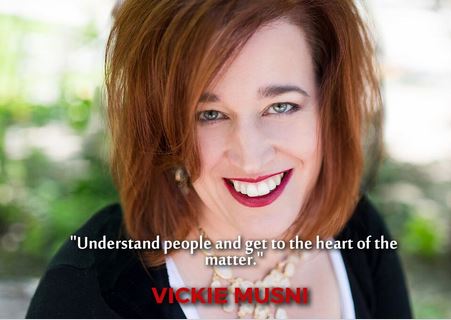






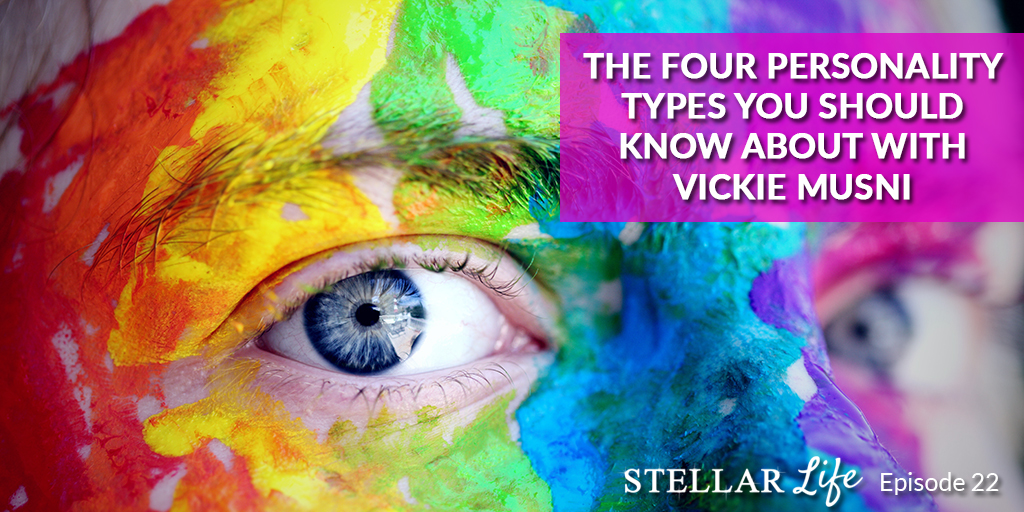









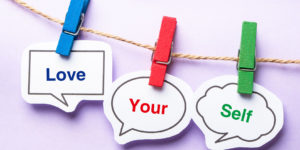








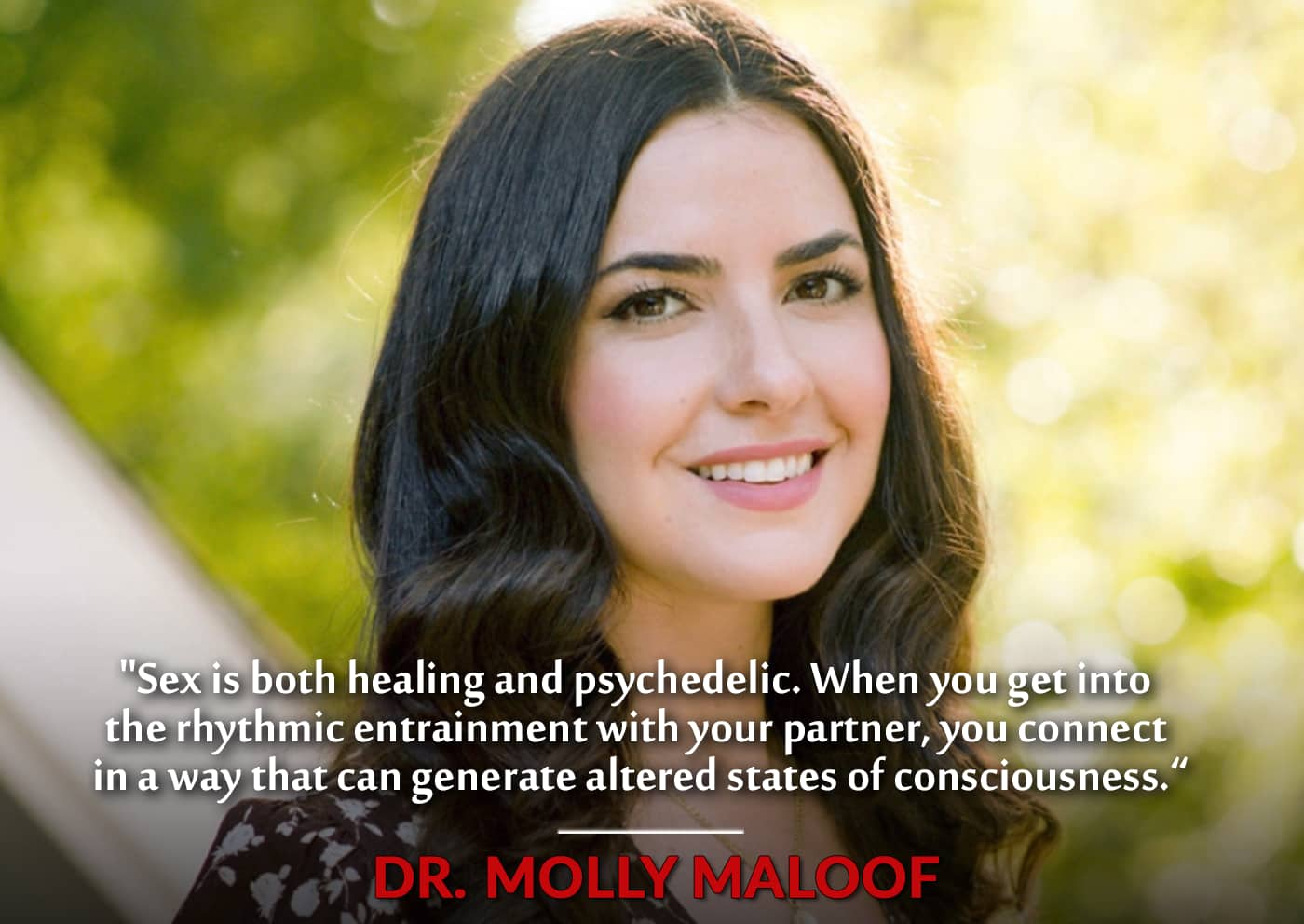

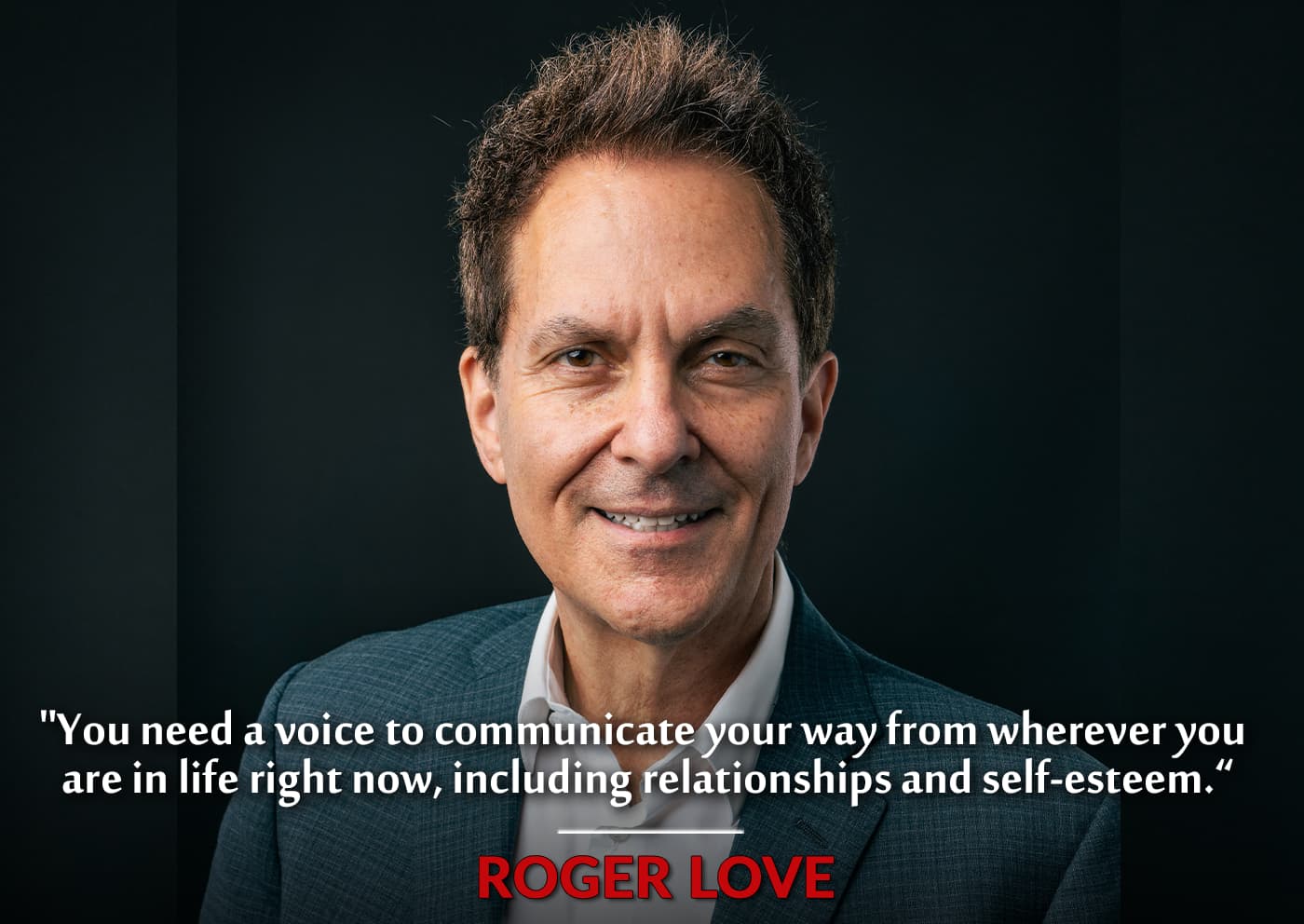
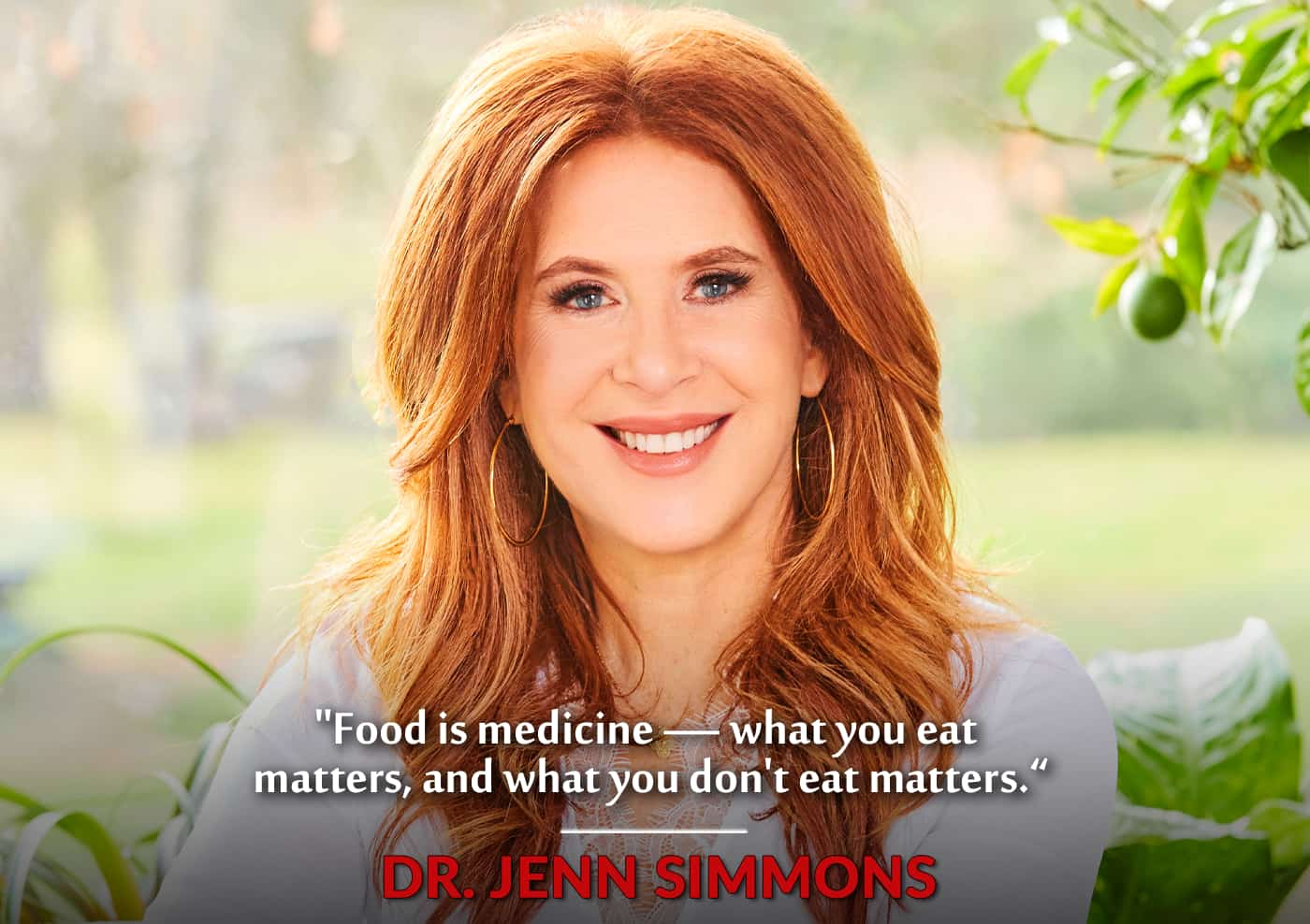
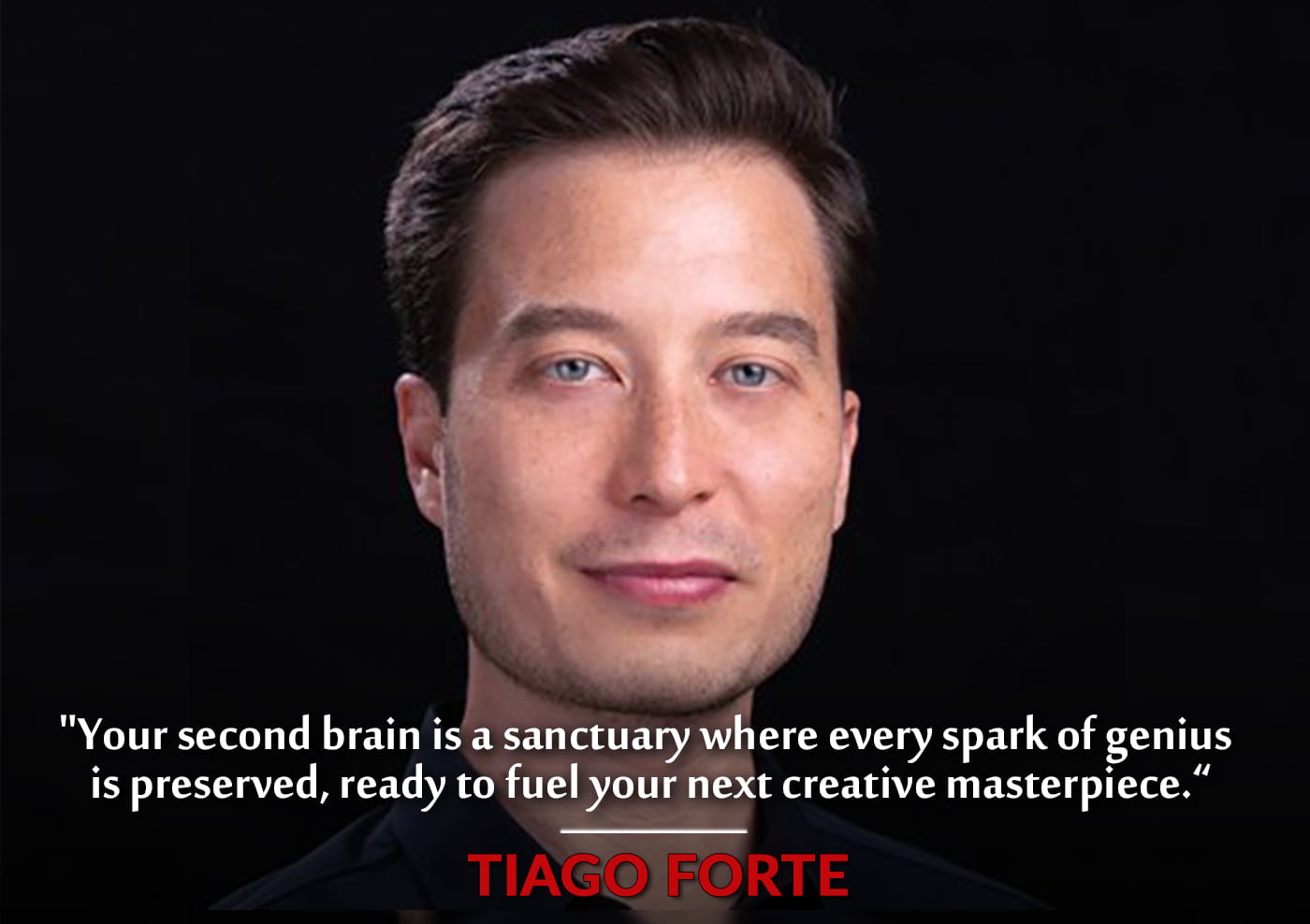
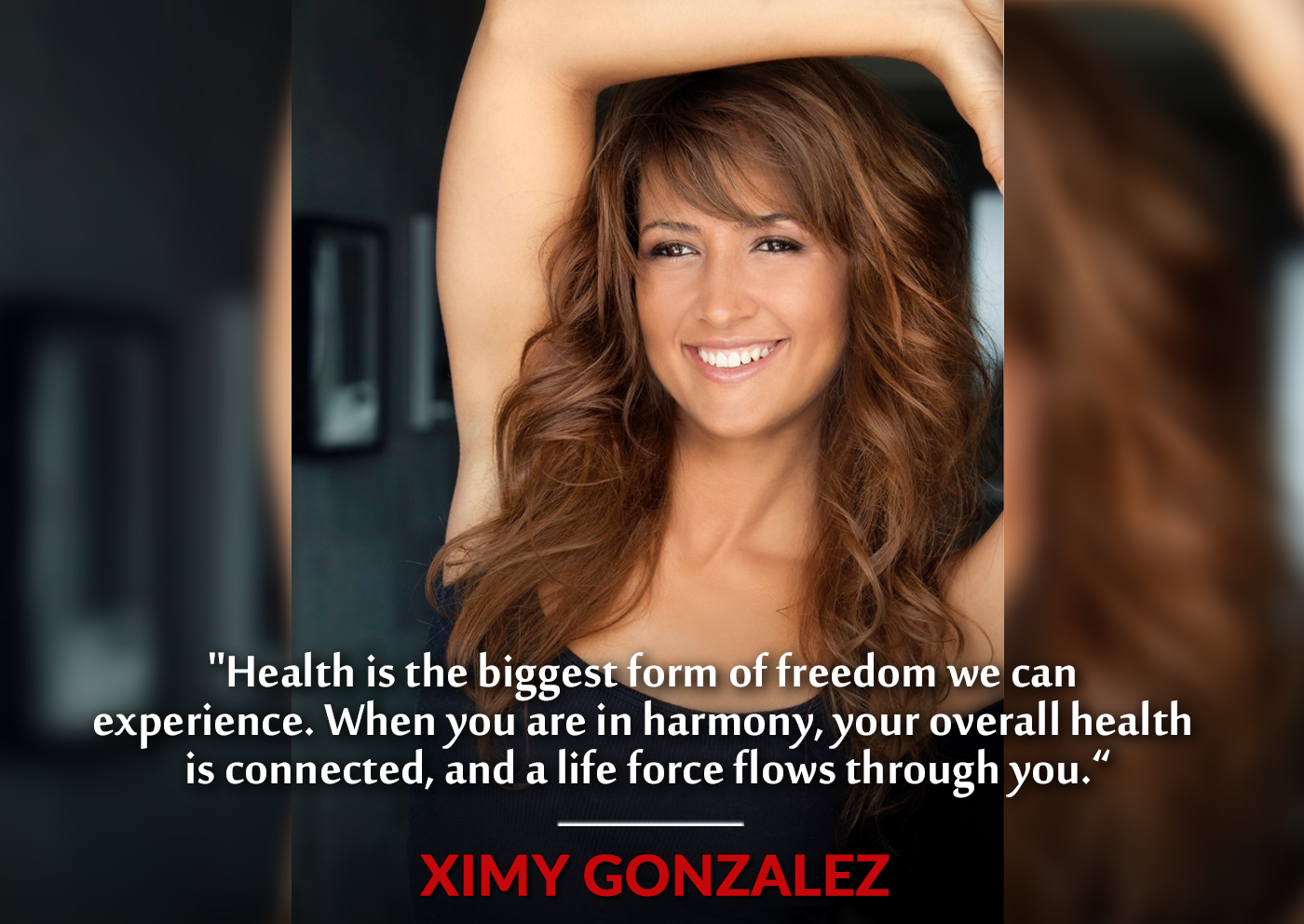
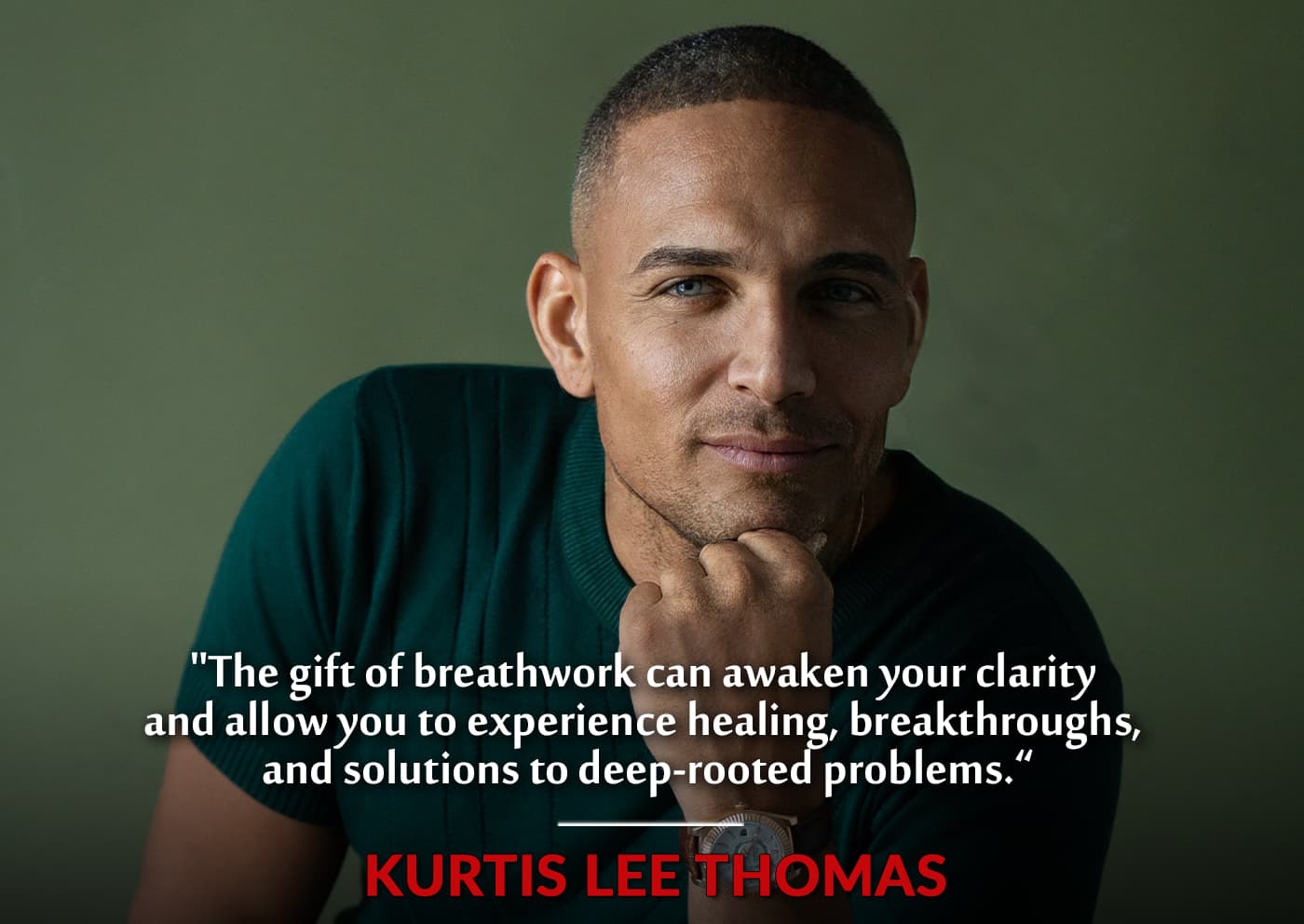
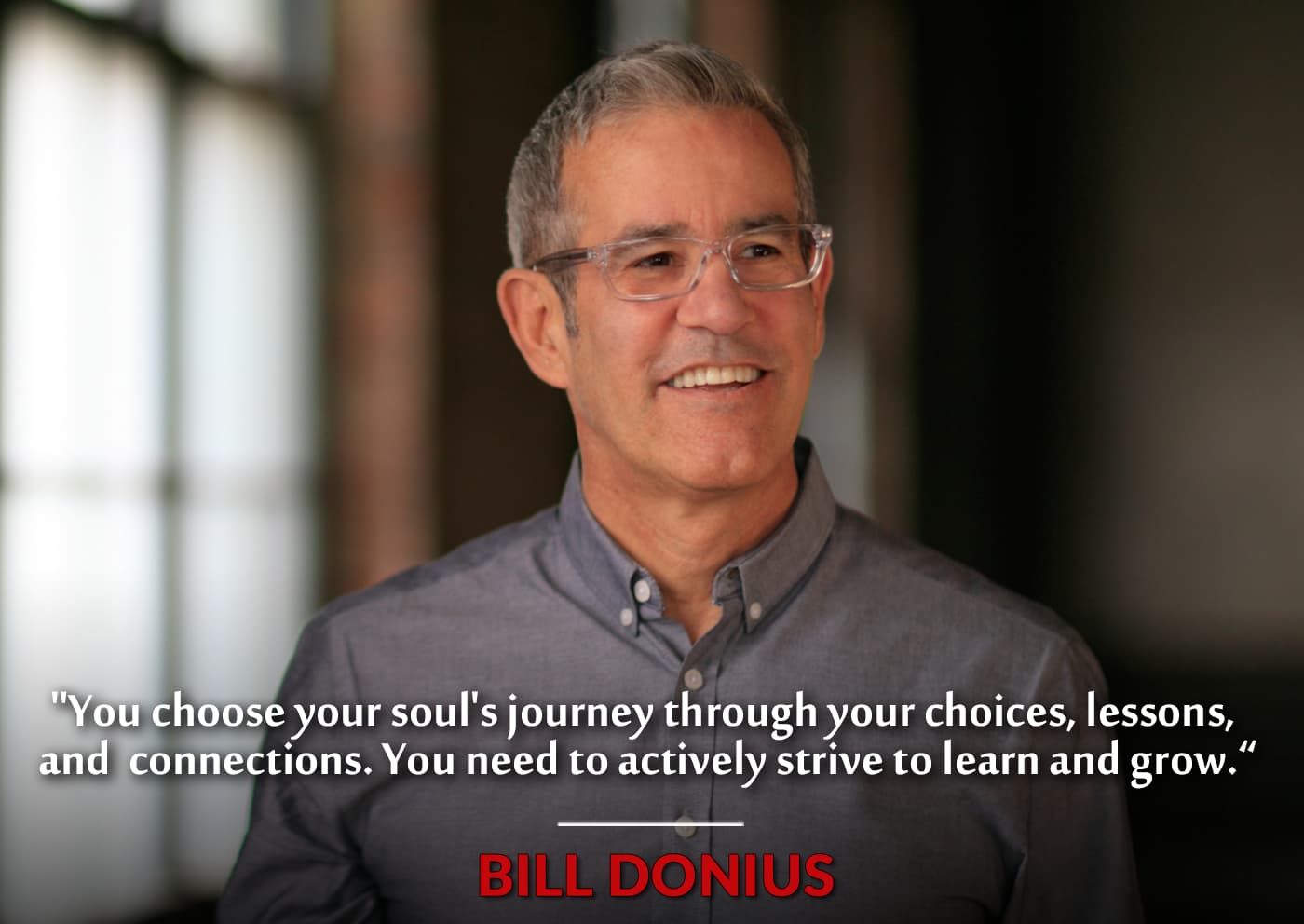
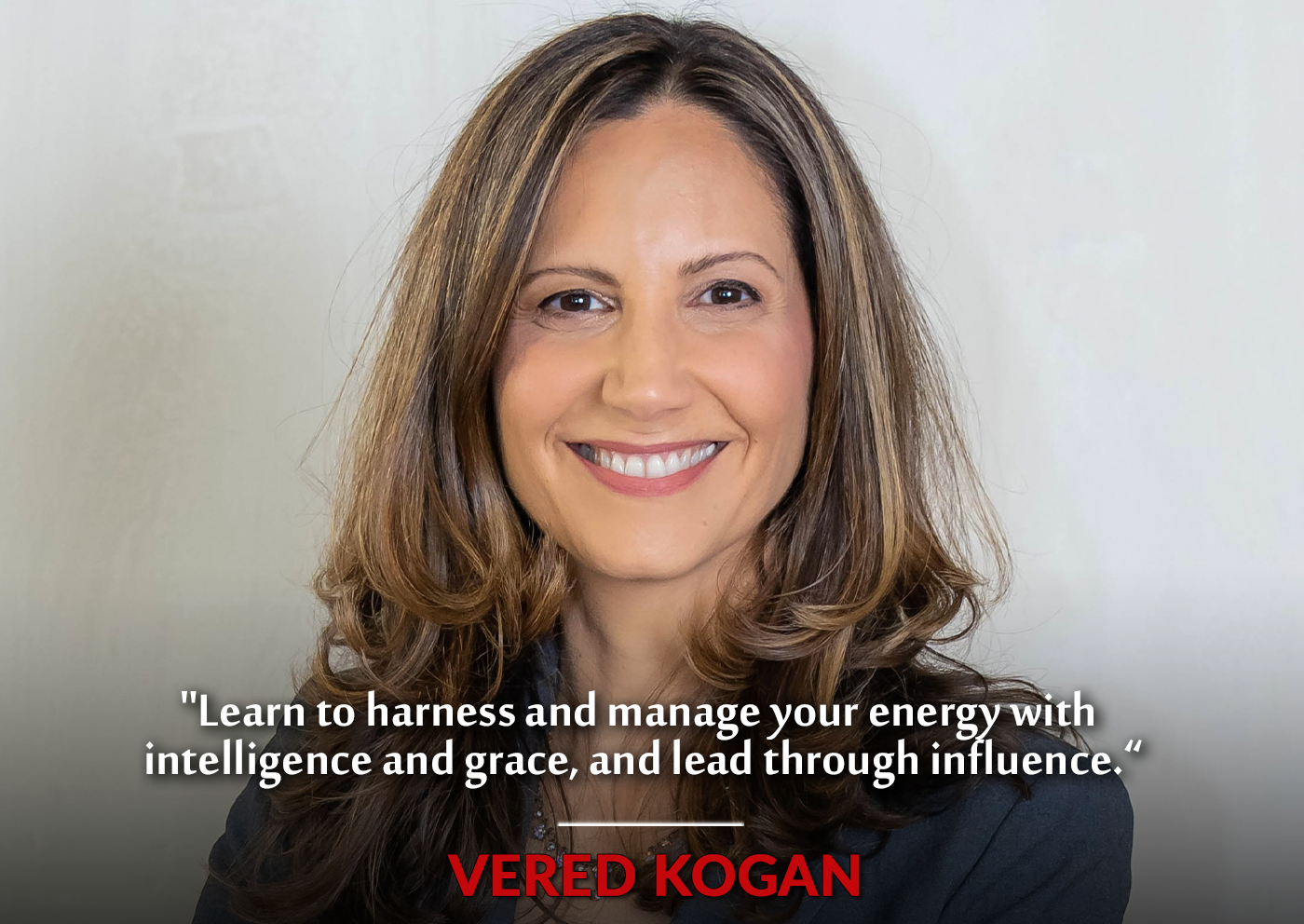
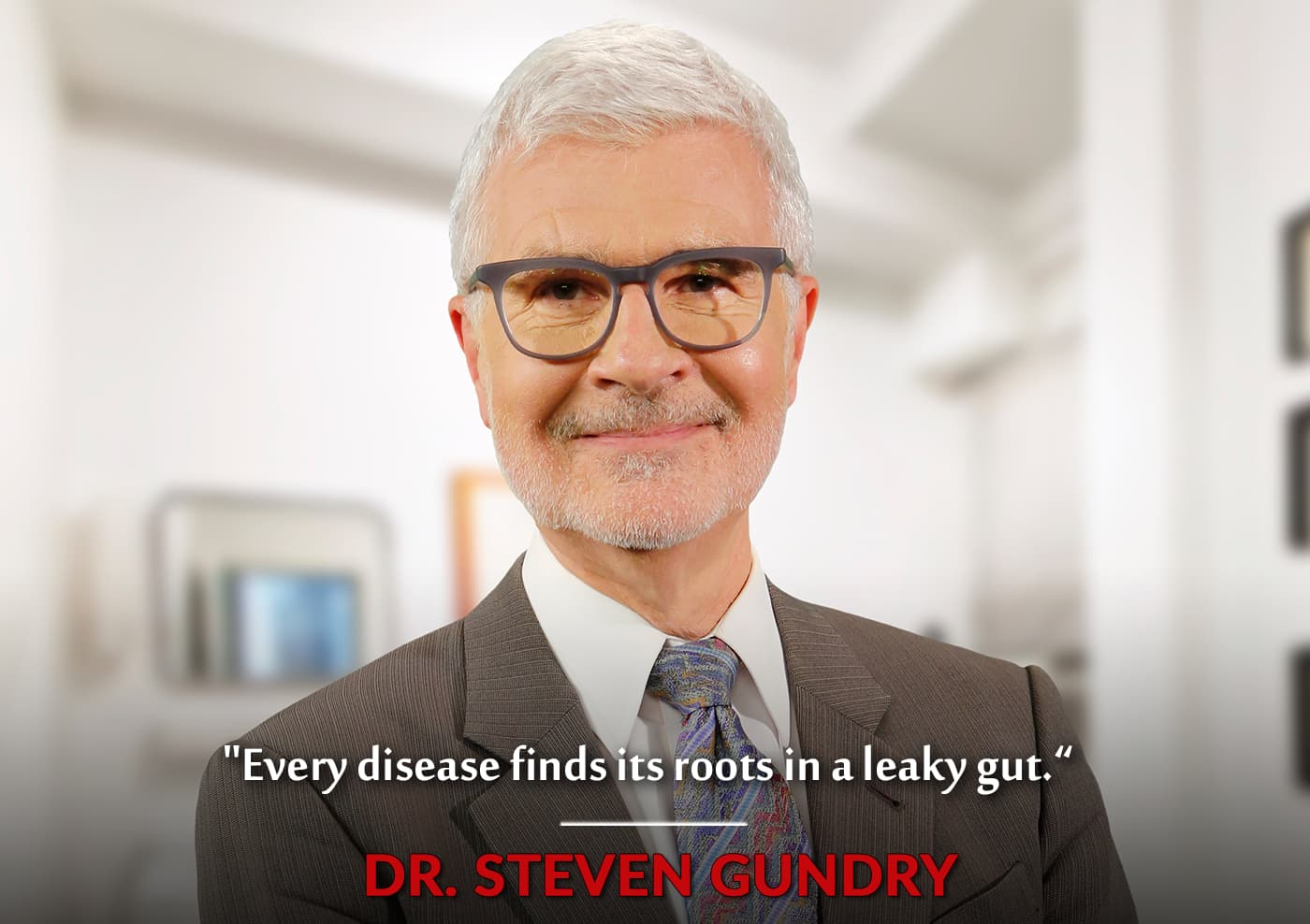
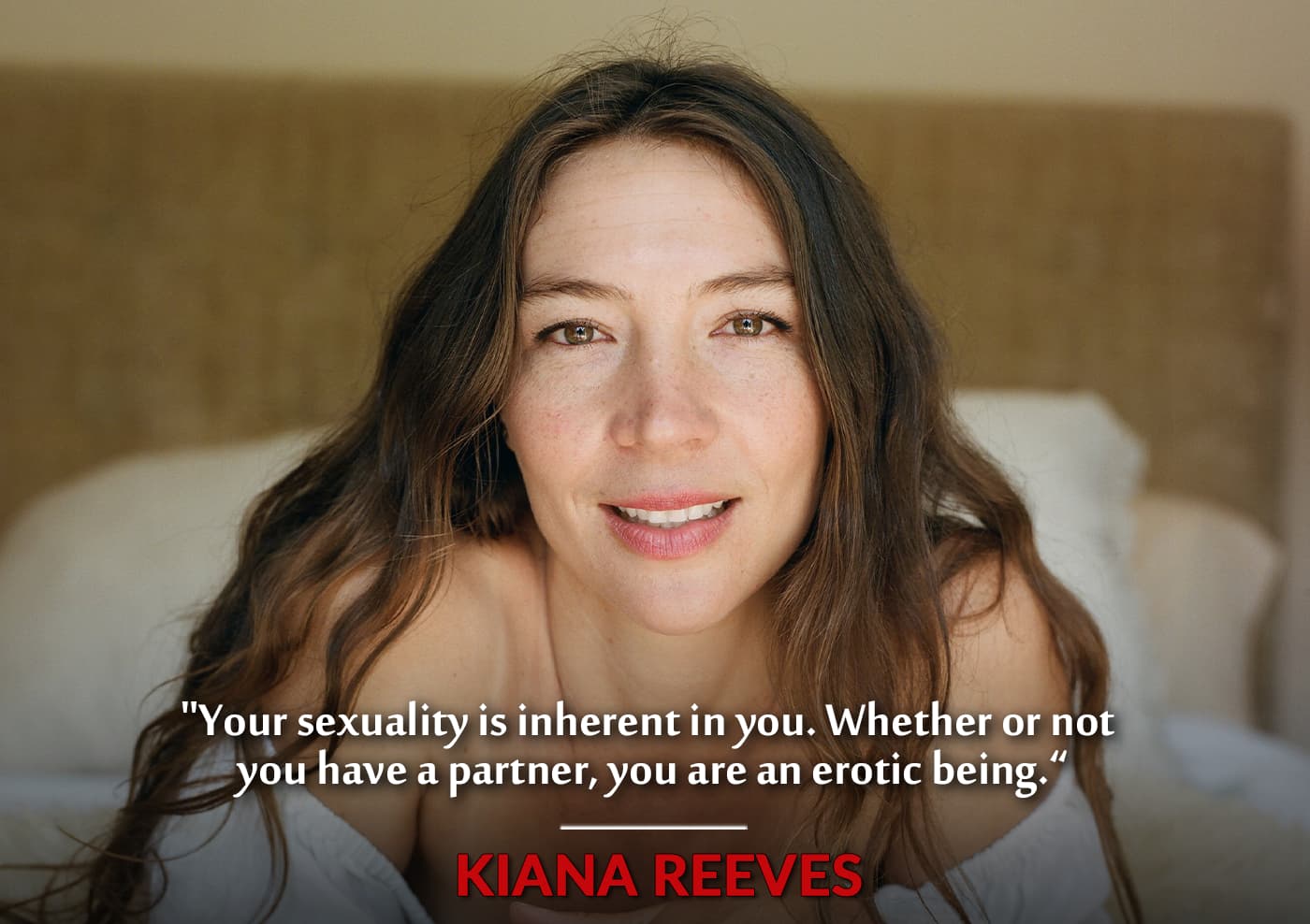
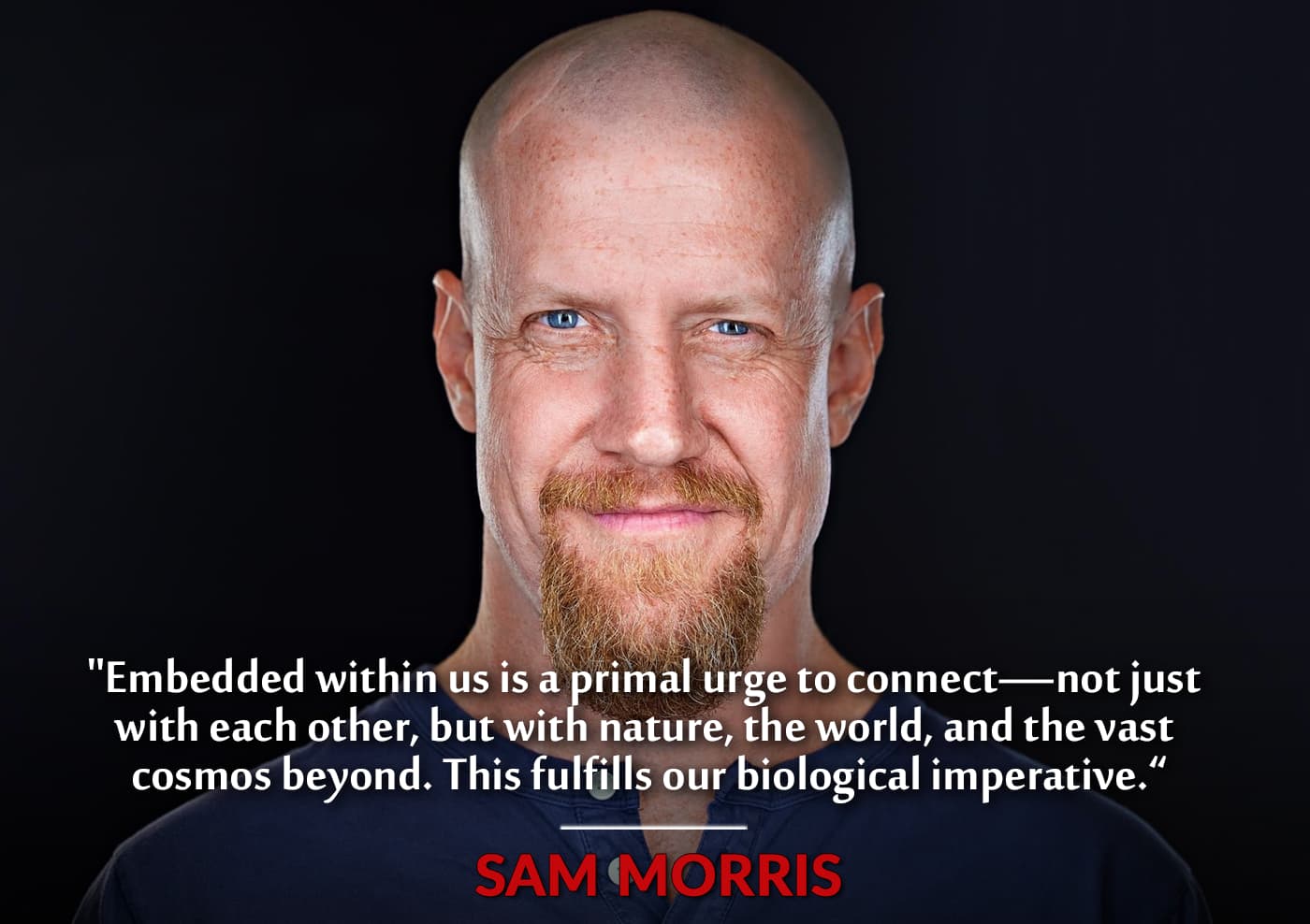
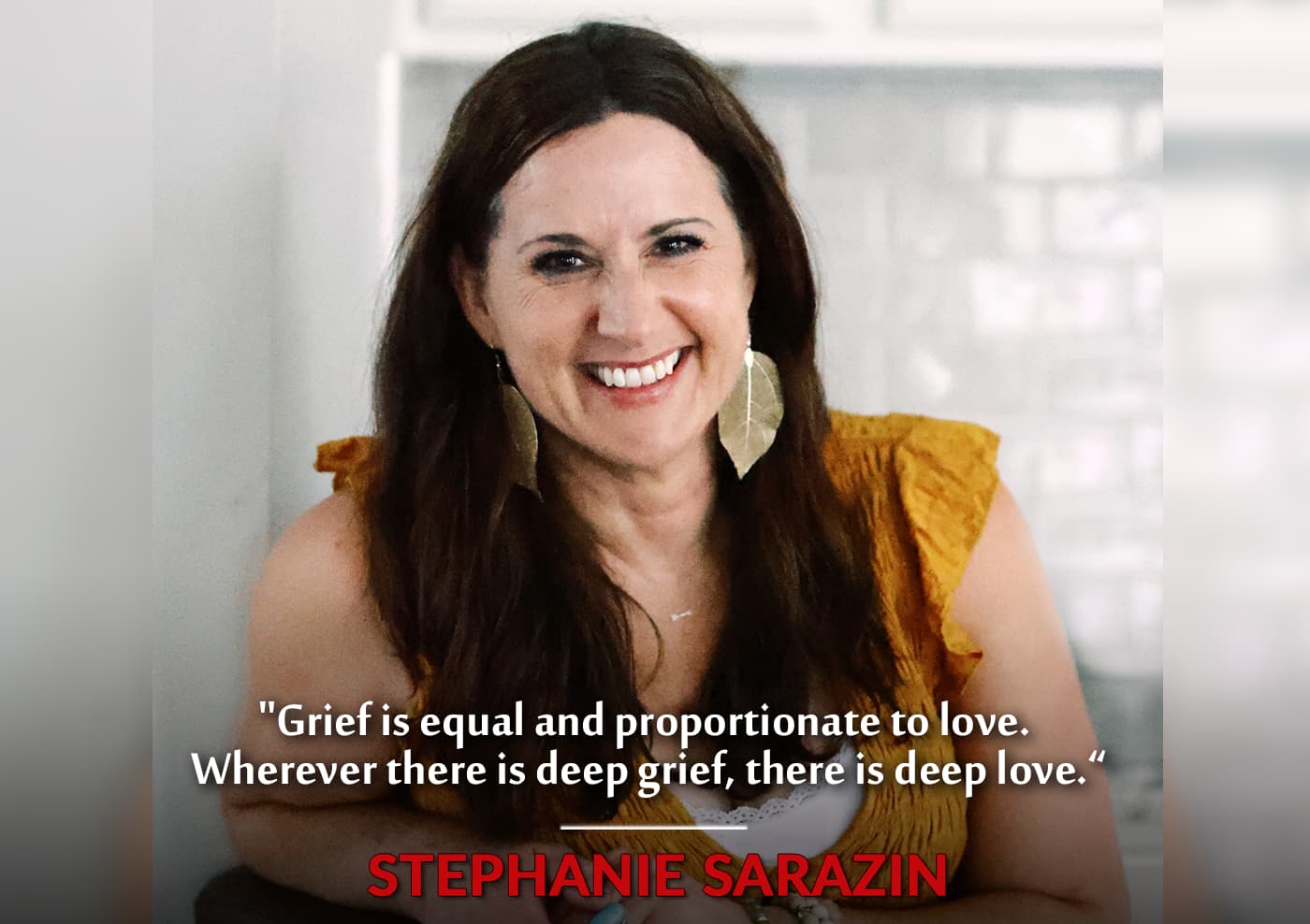

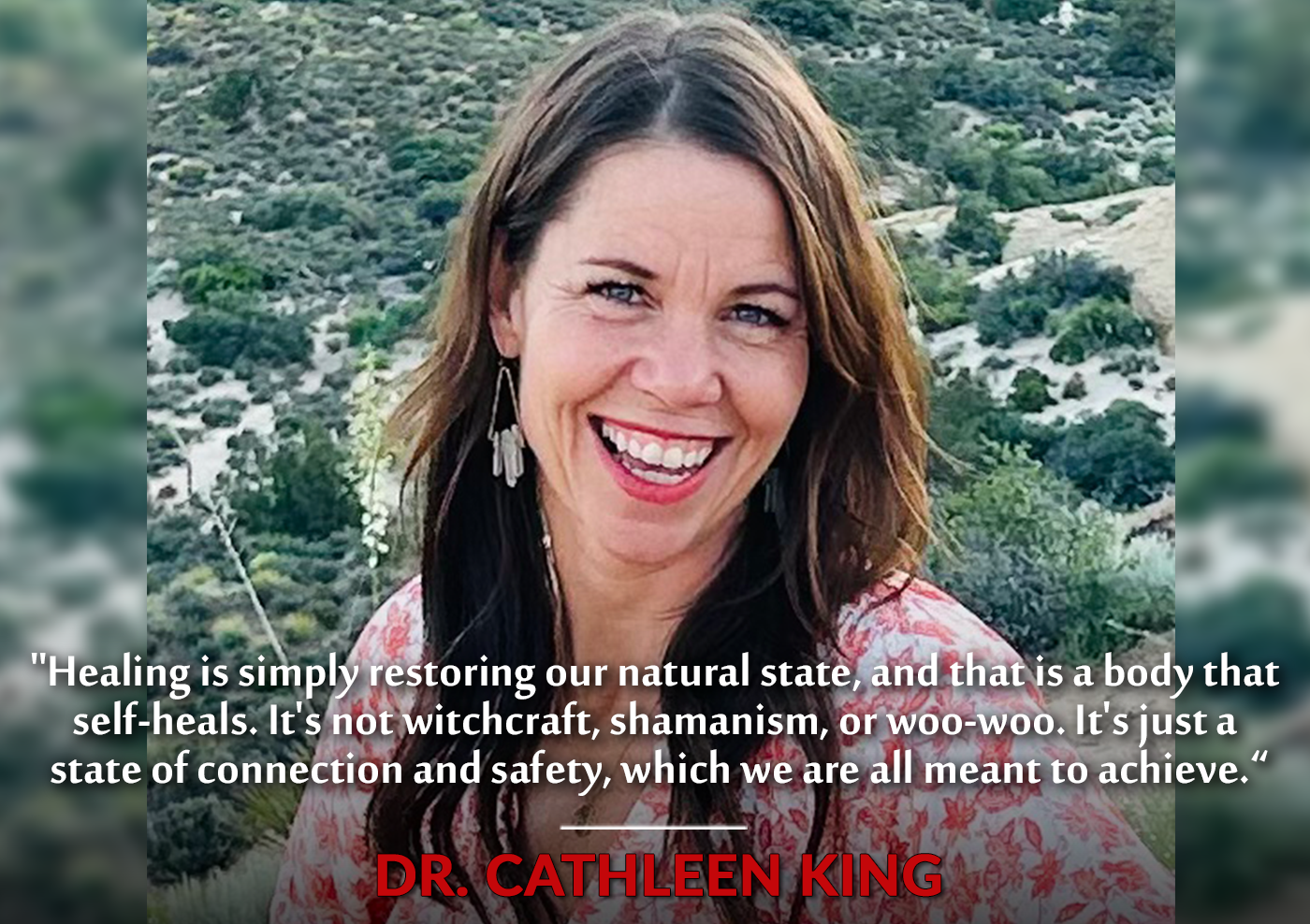
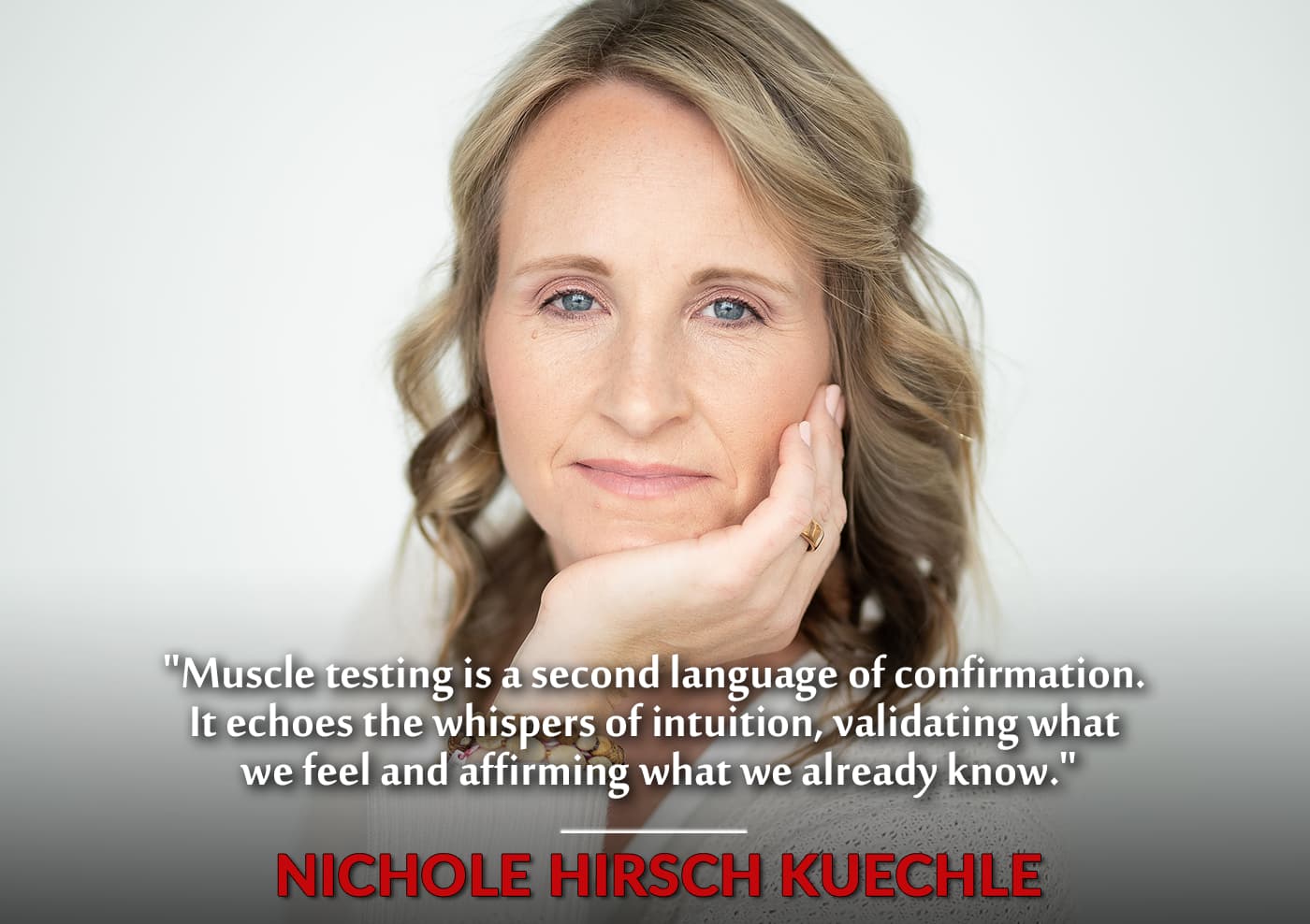
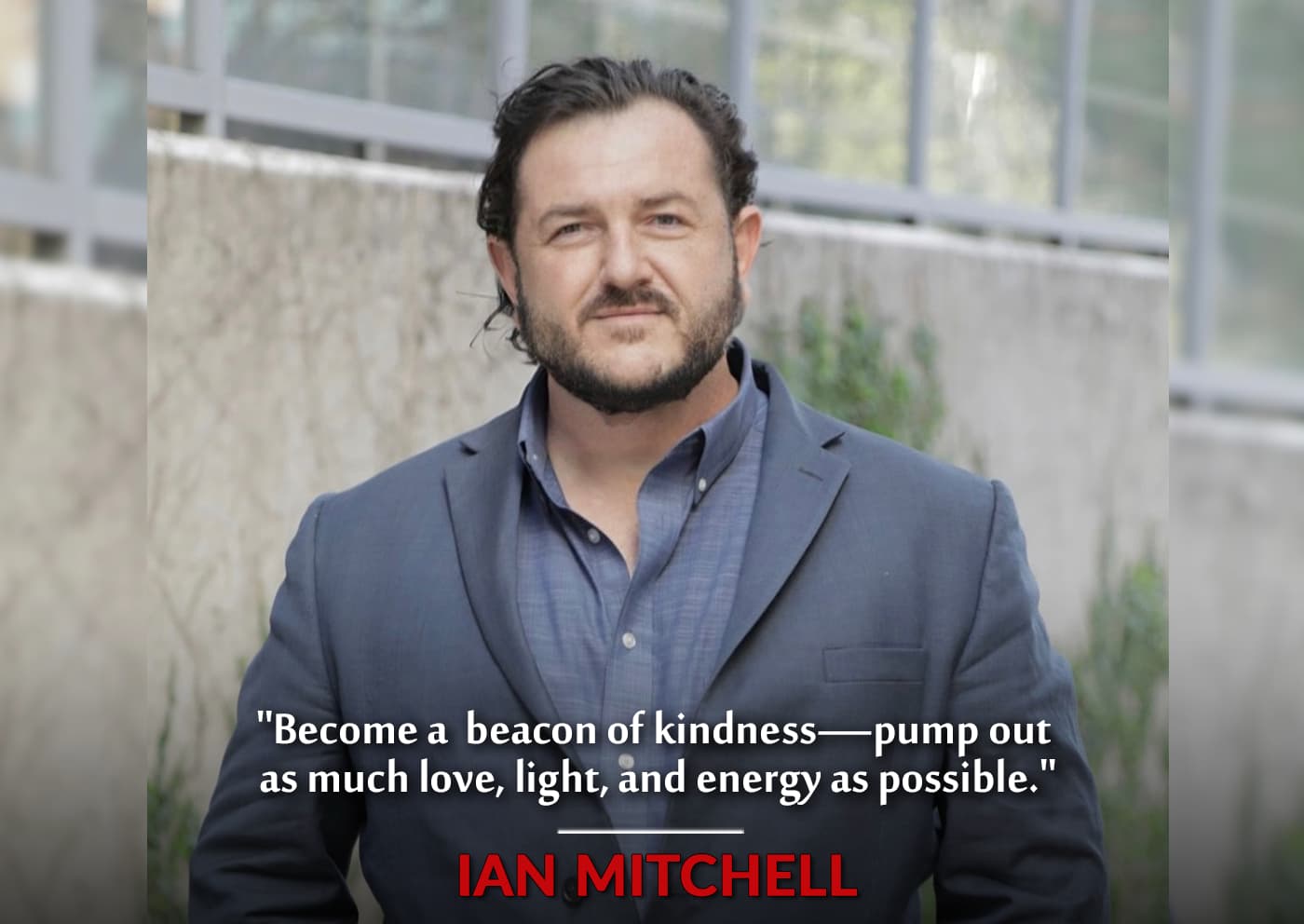
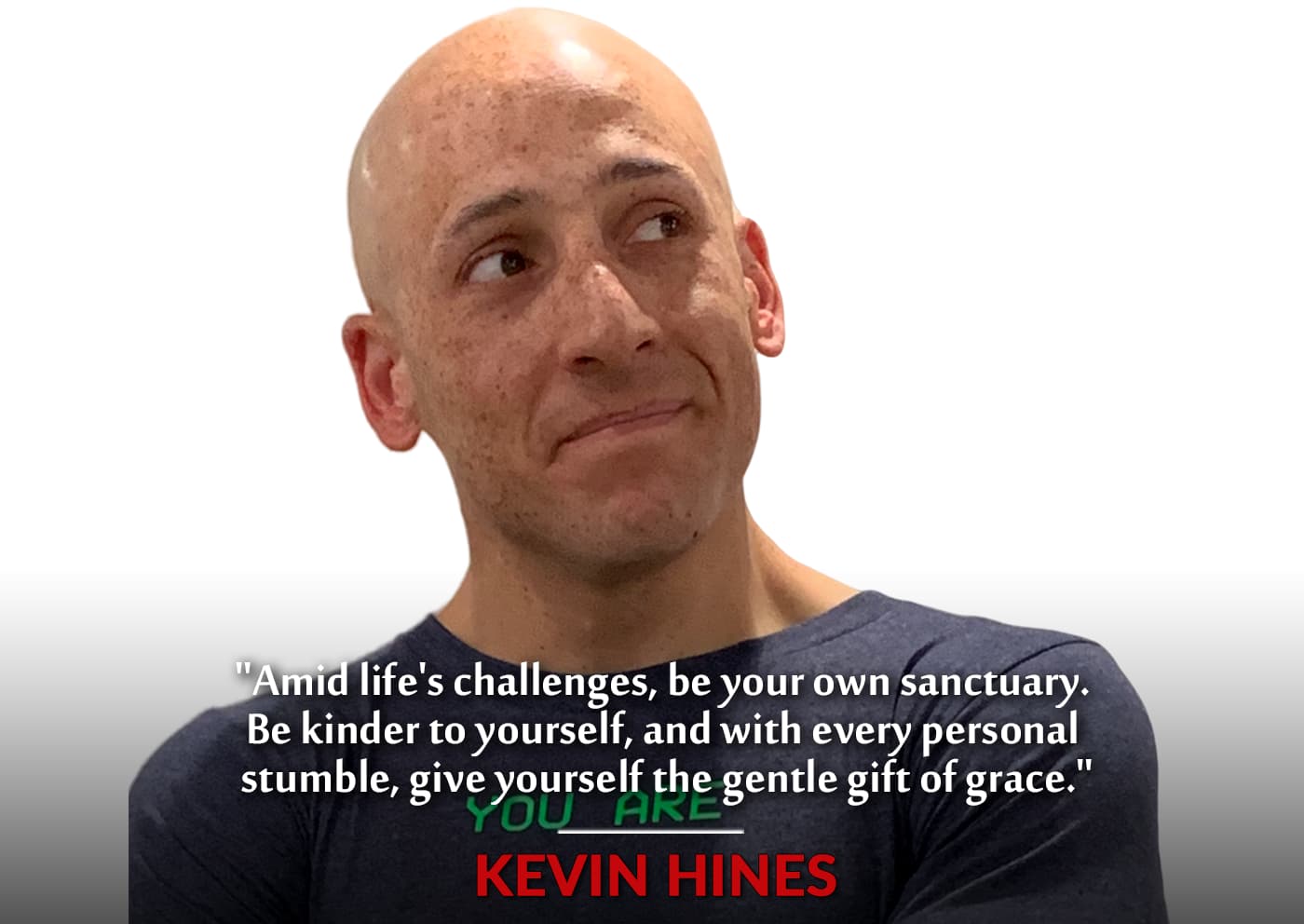
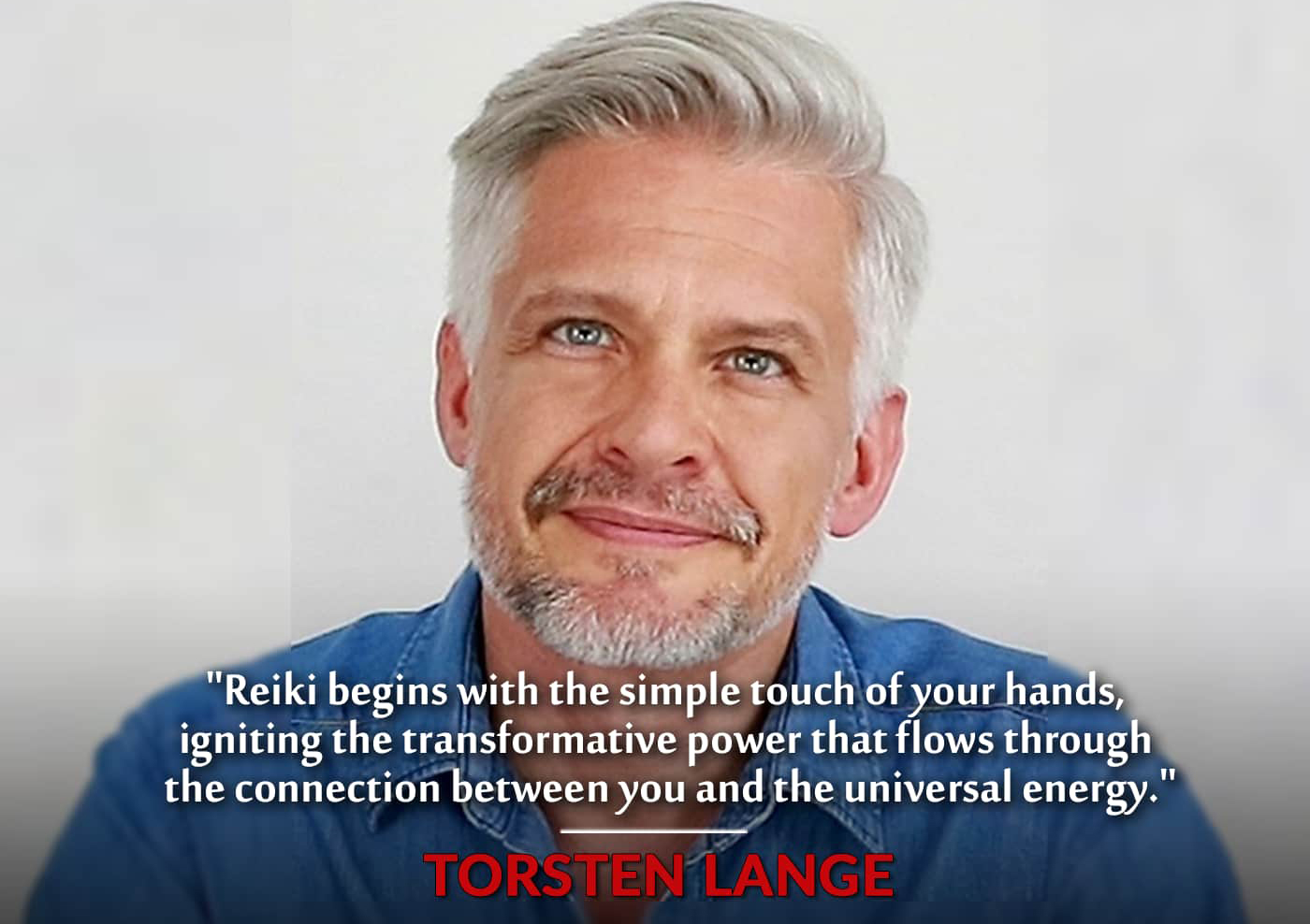
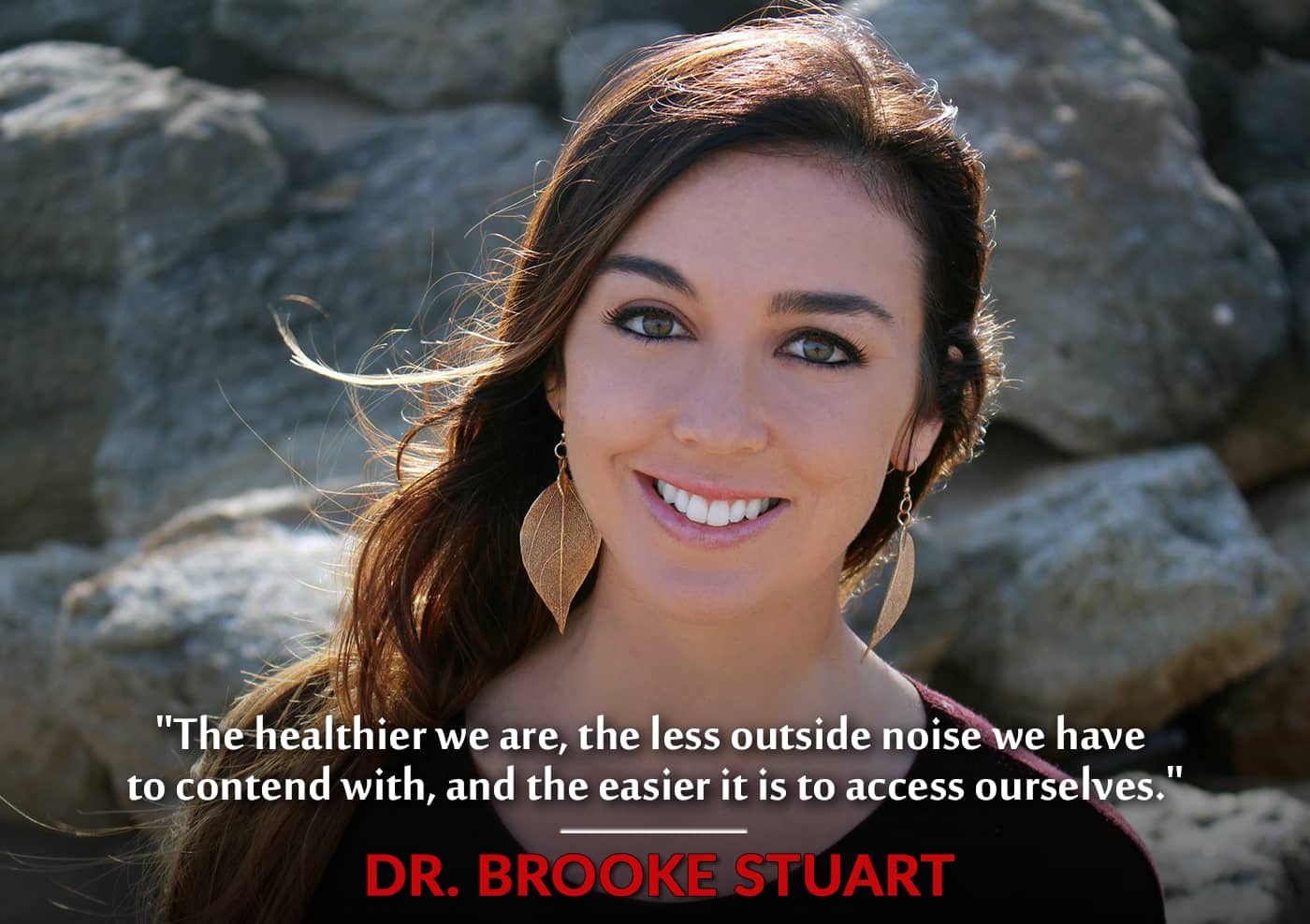
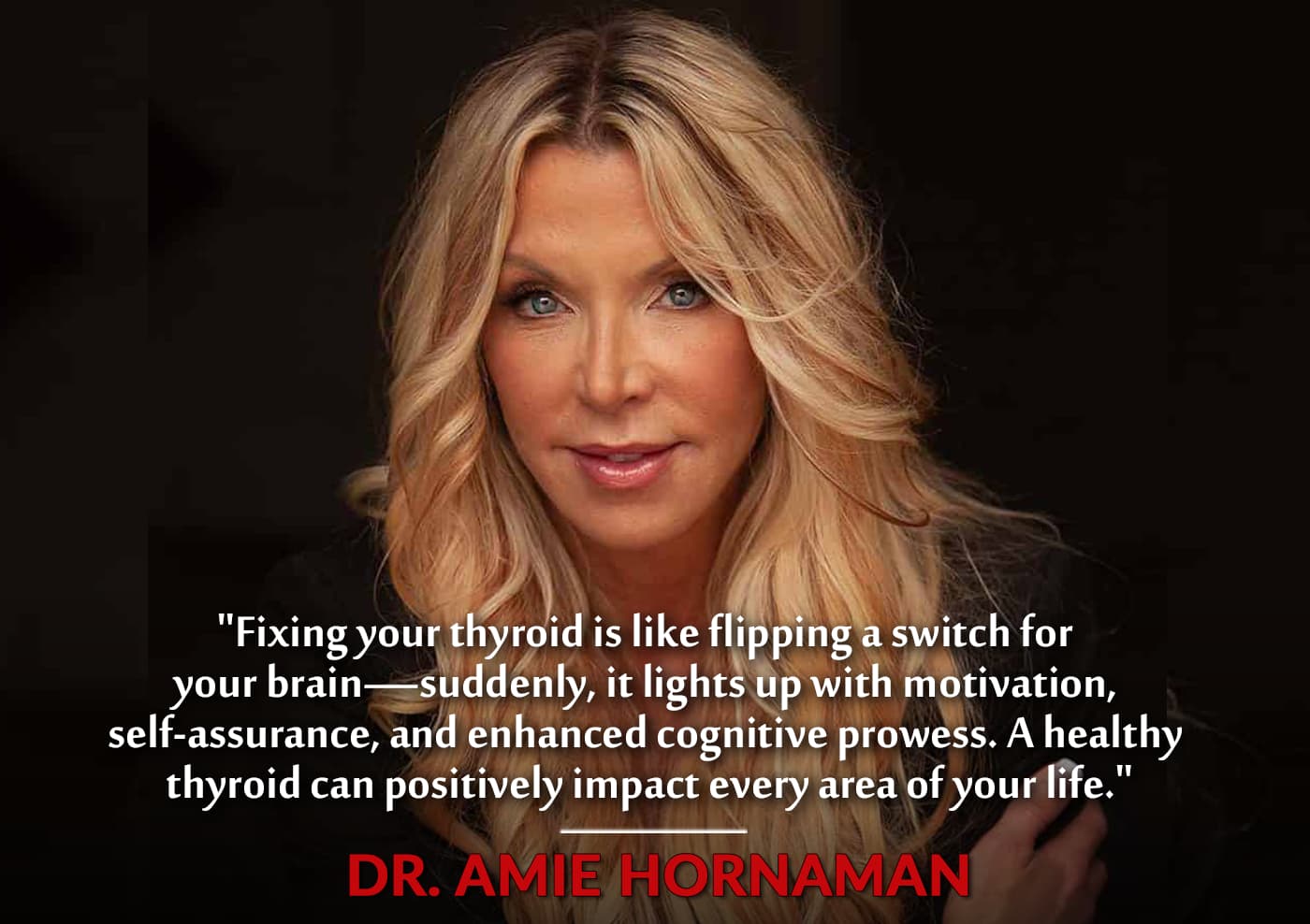
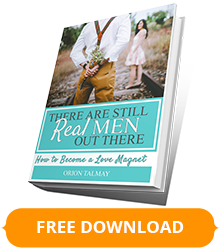
Facebook Comments